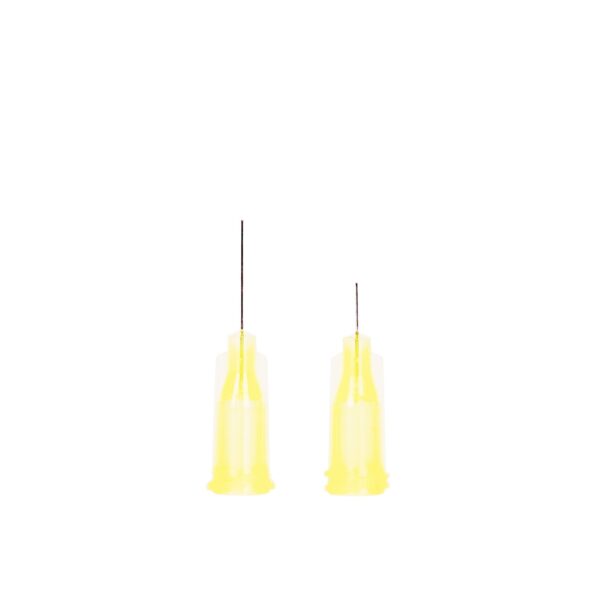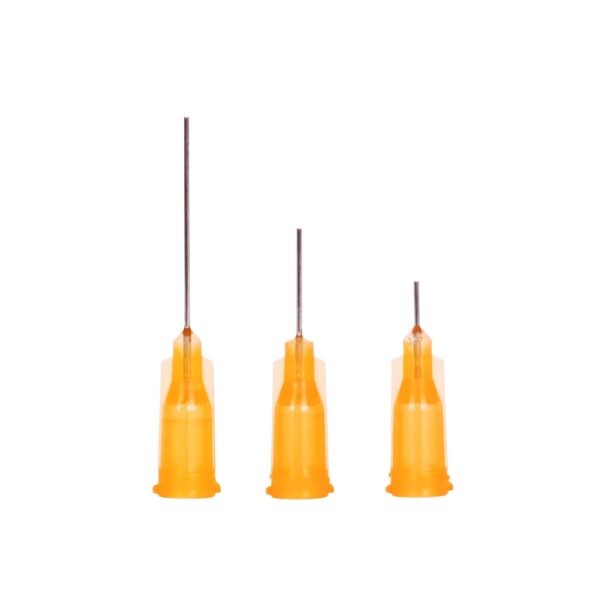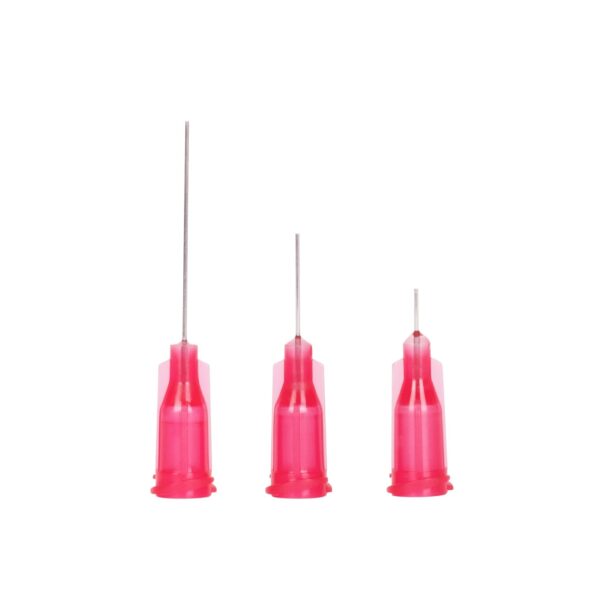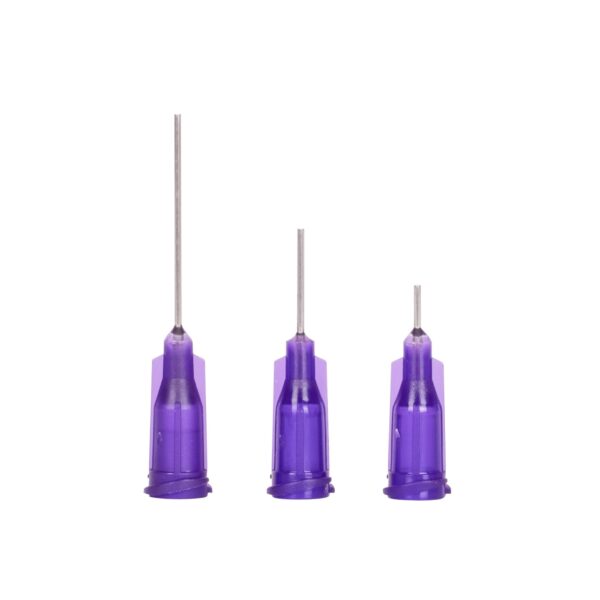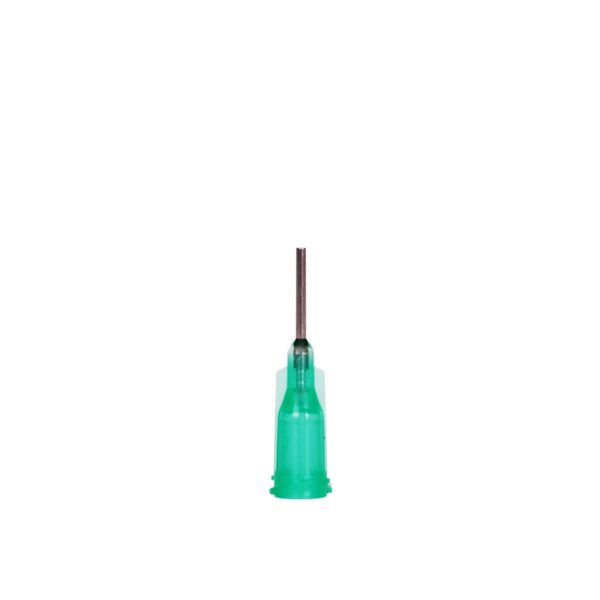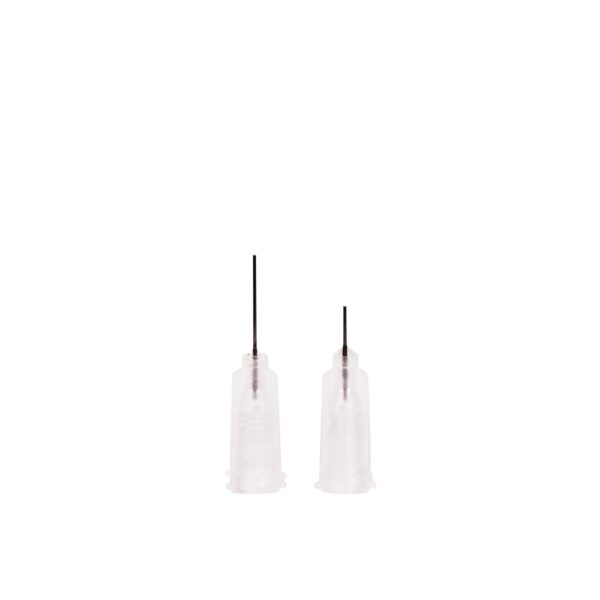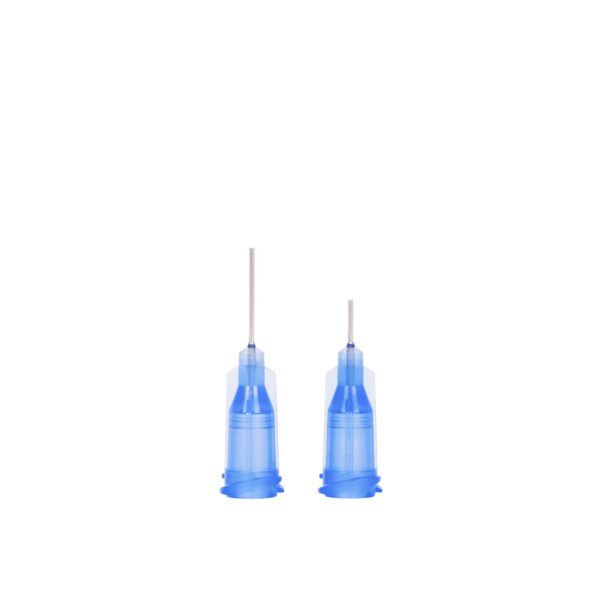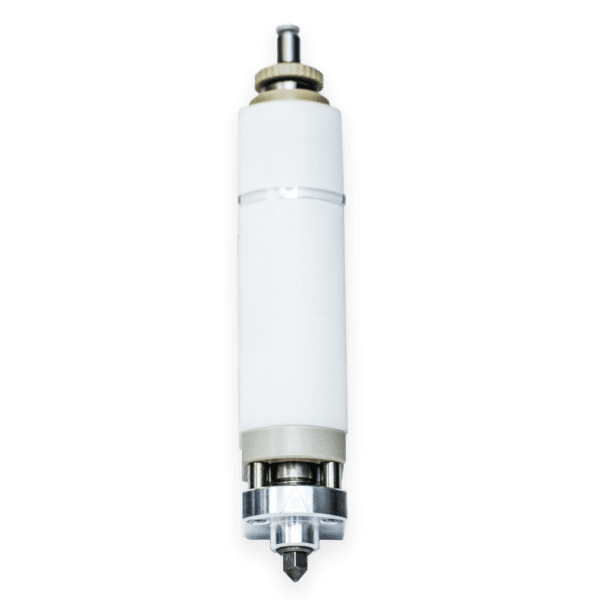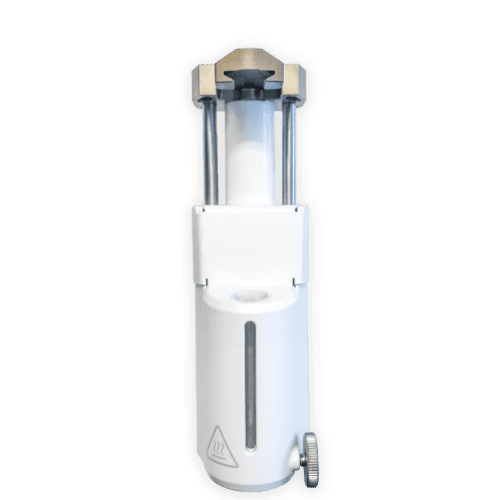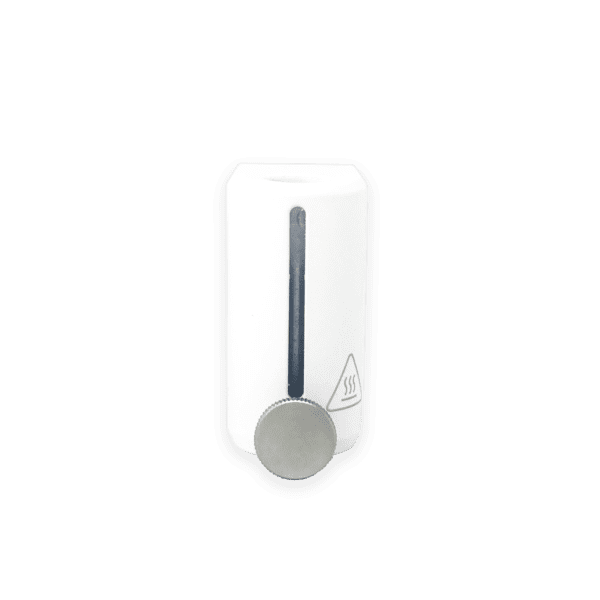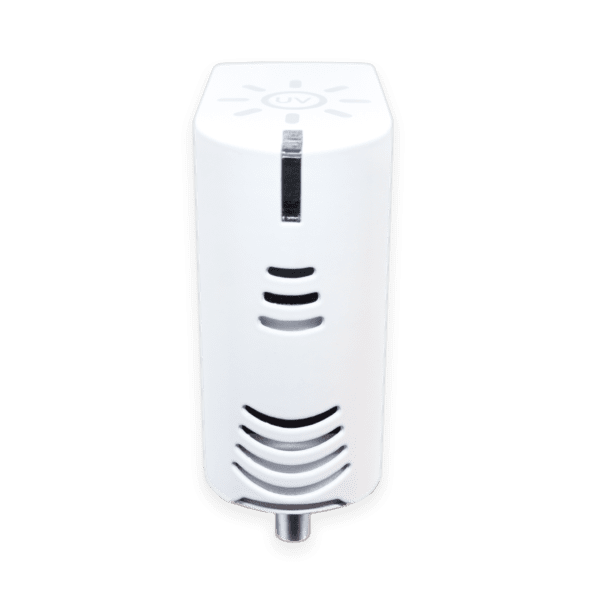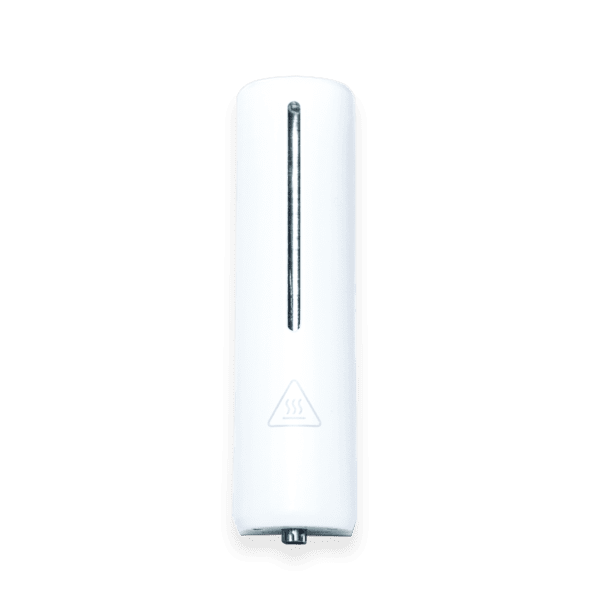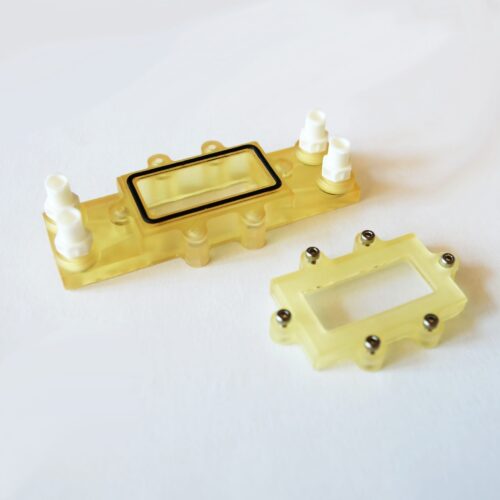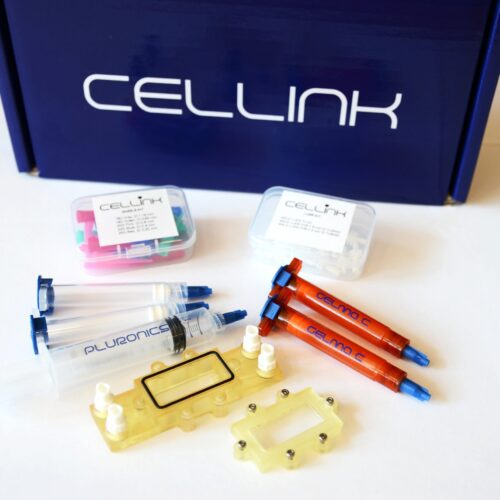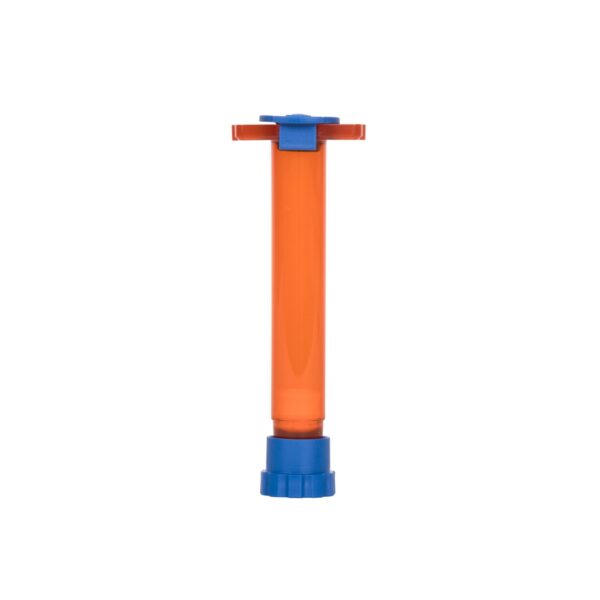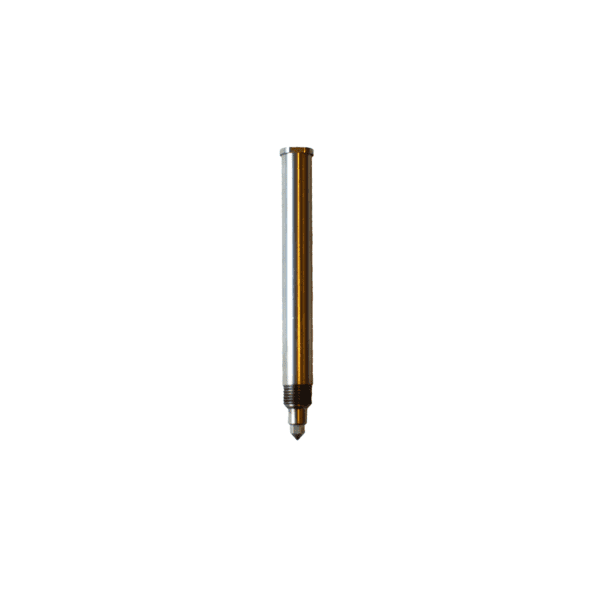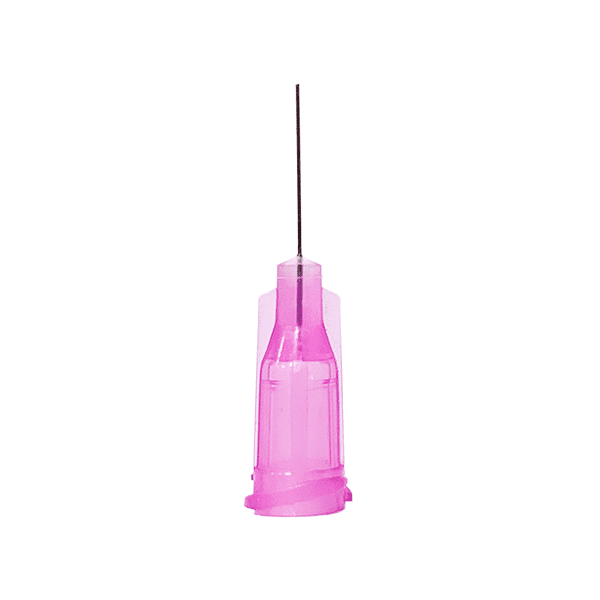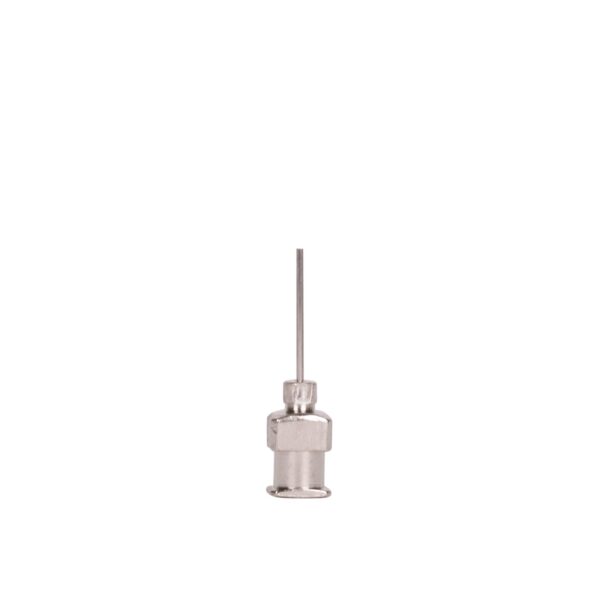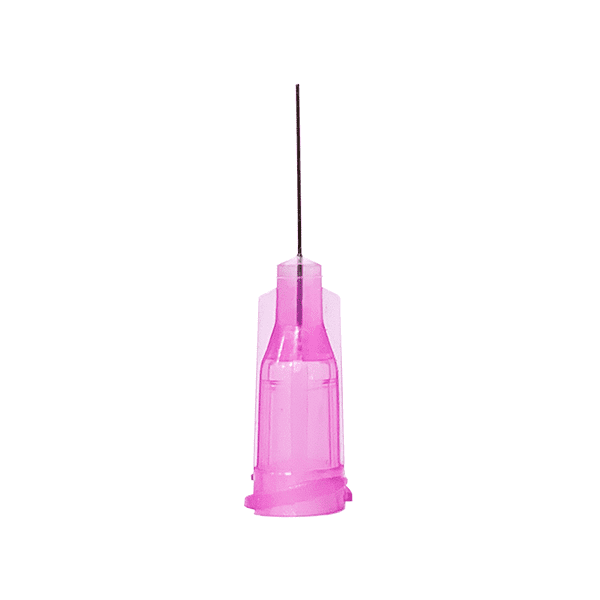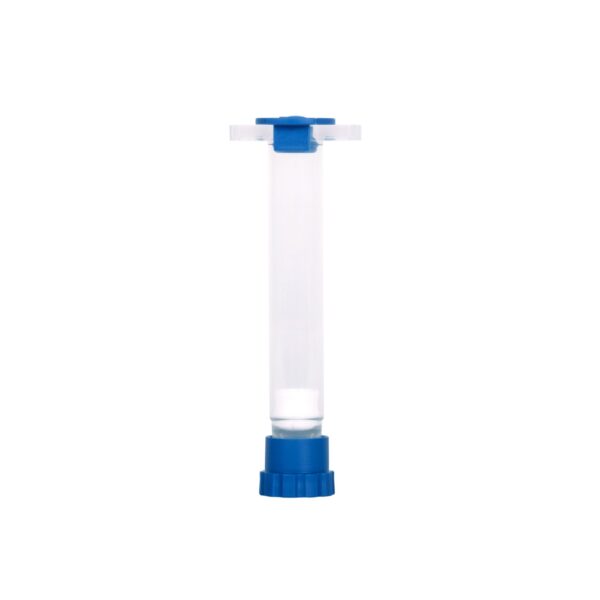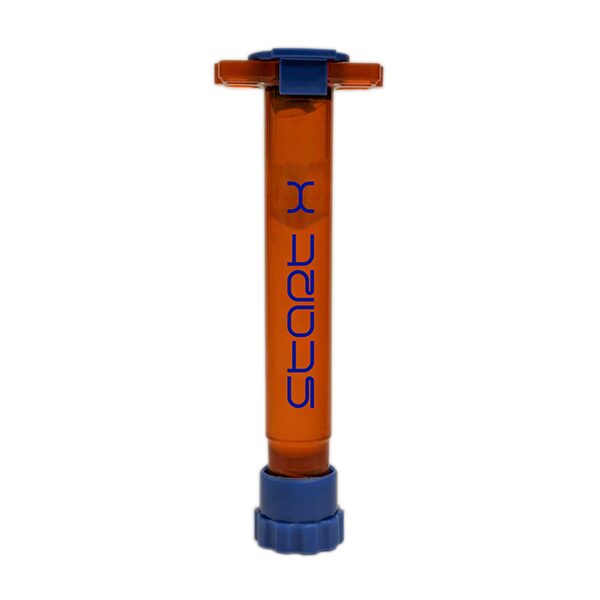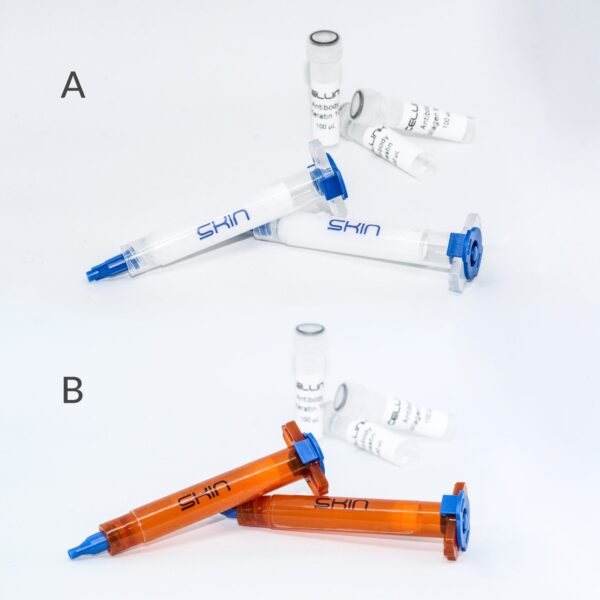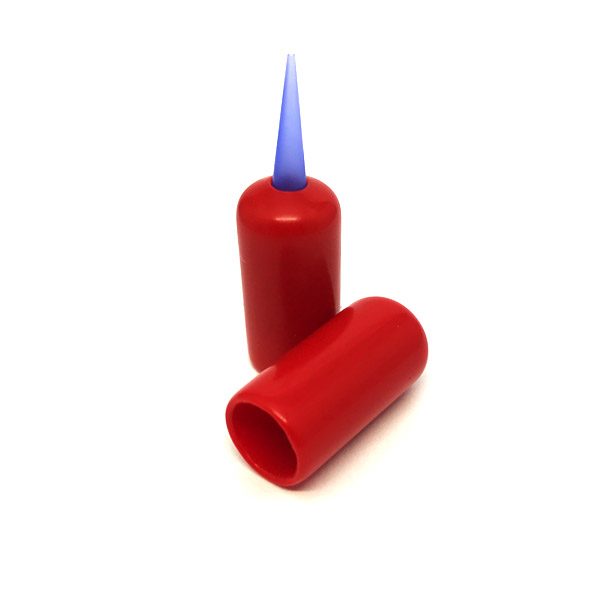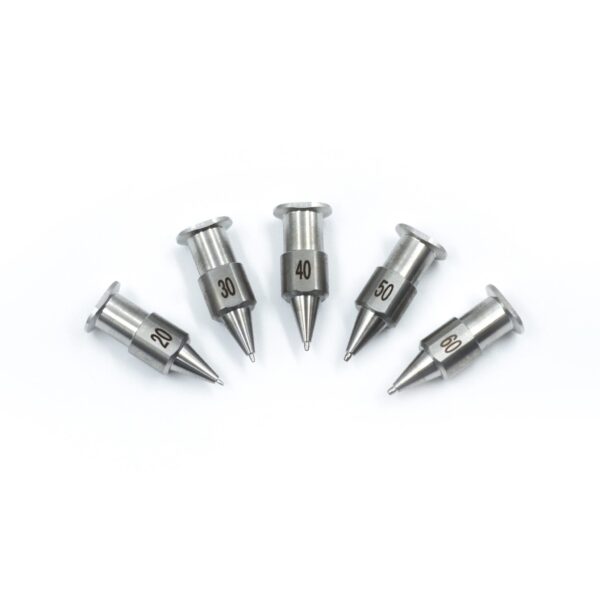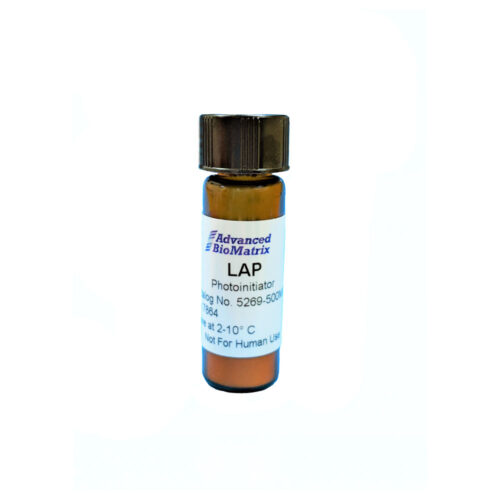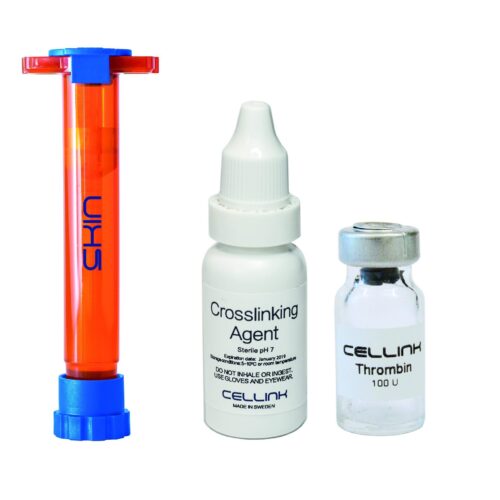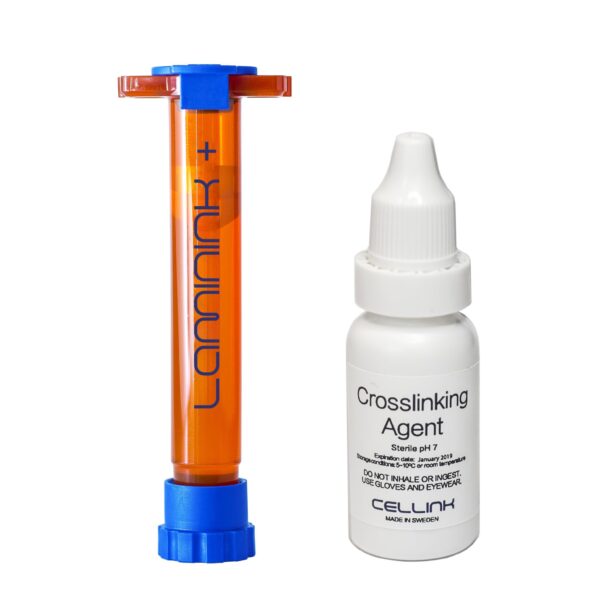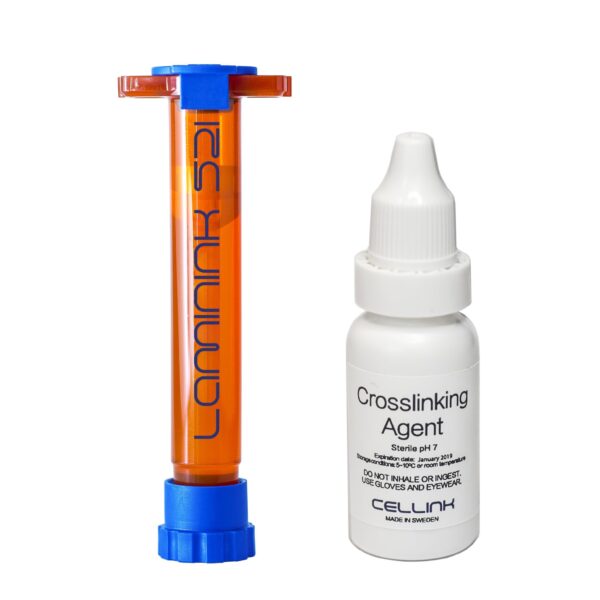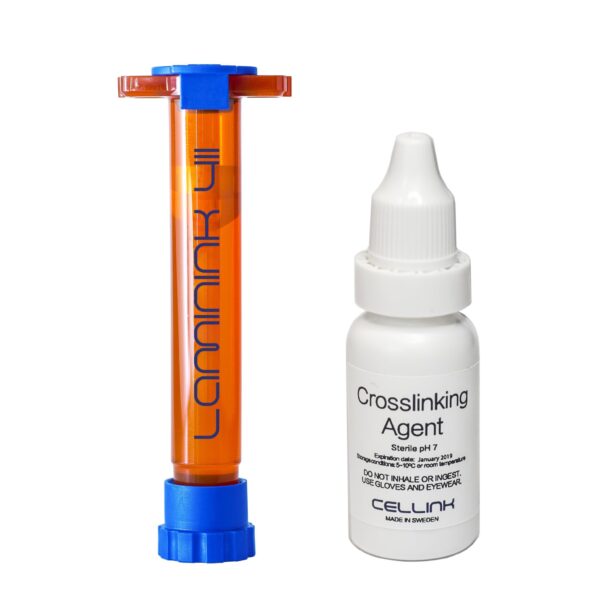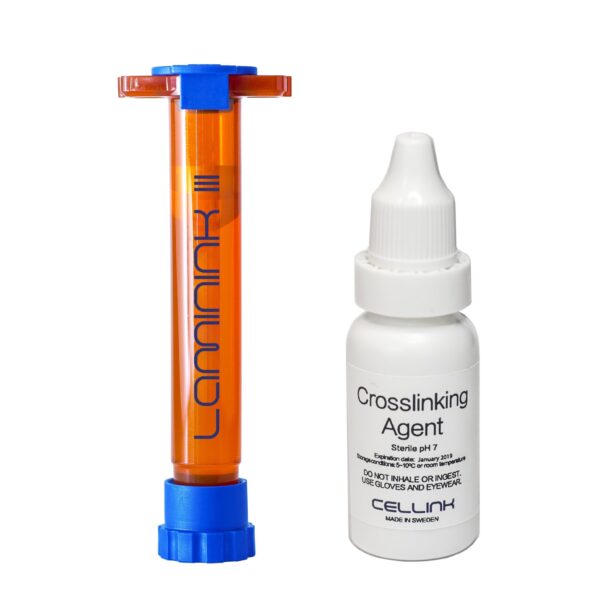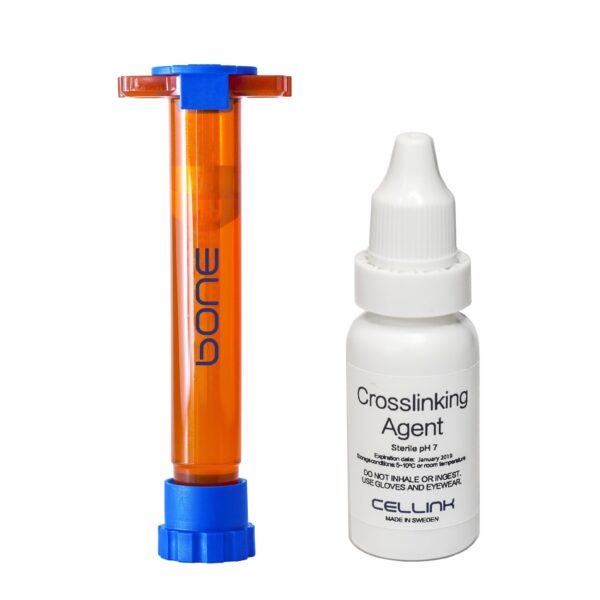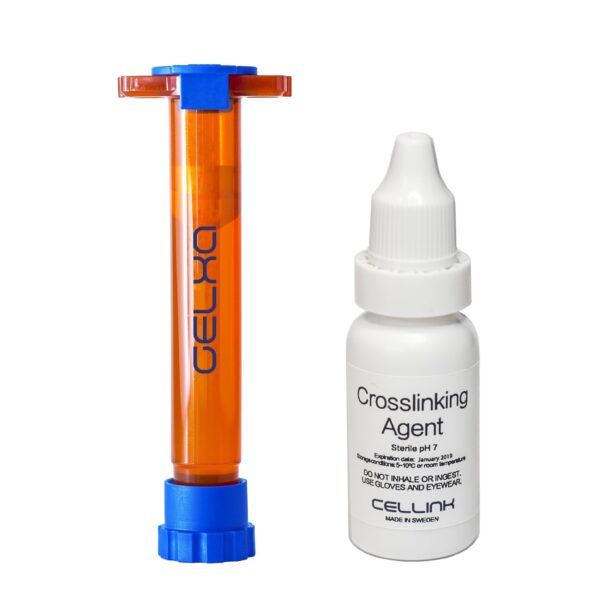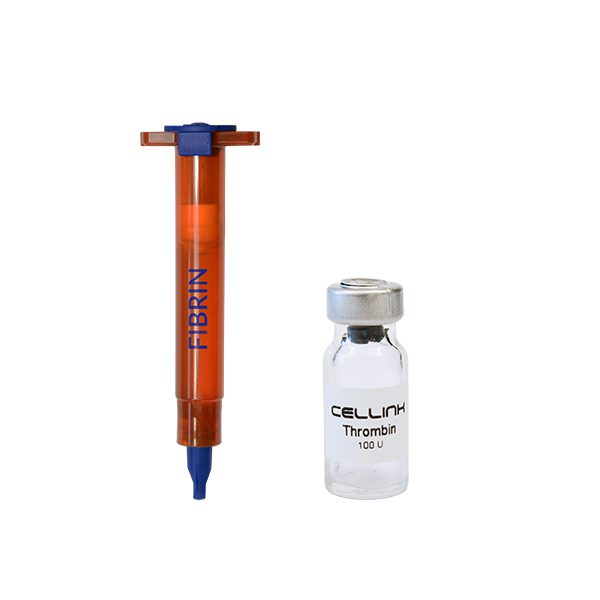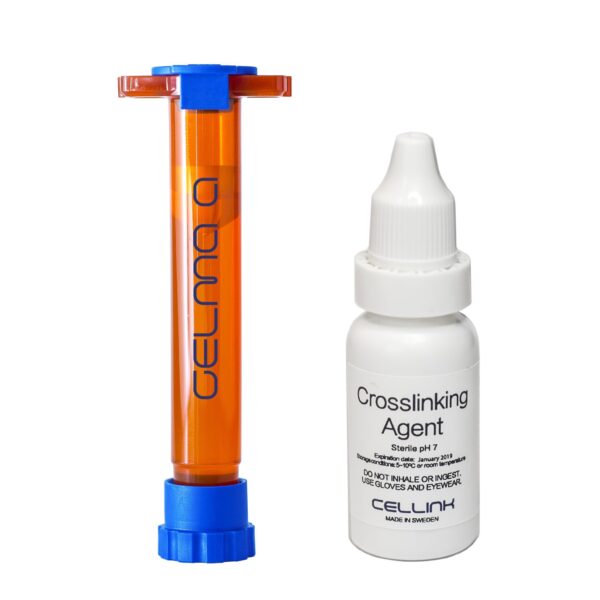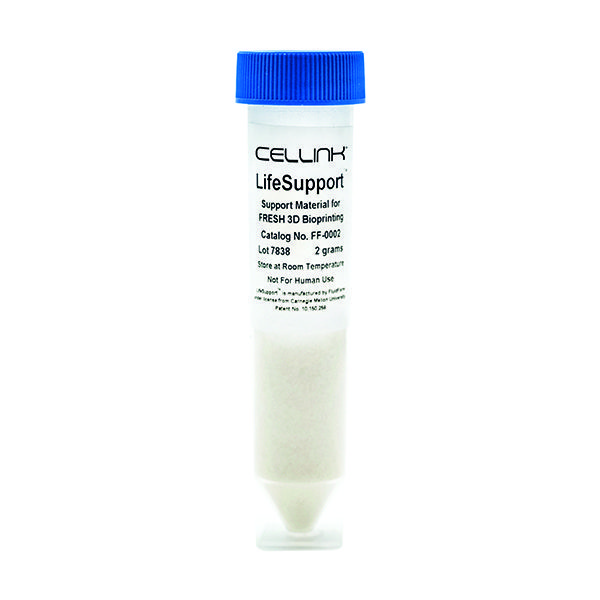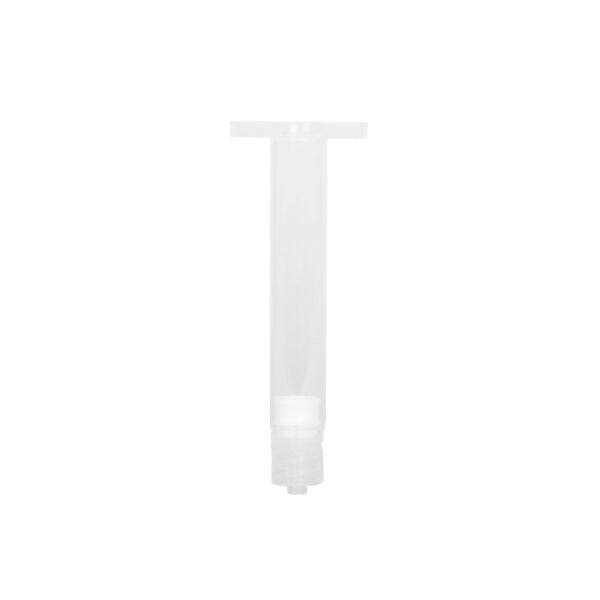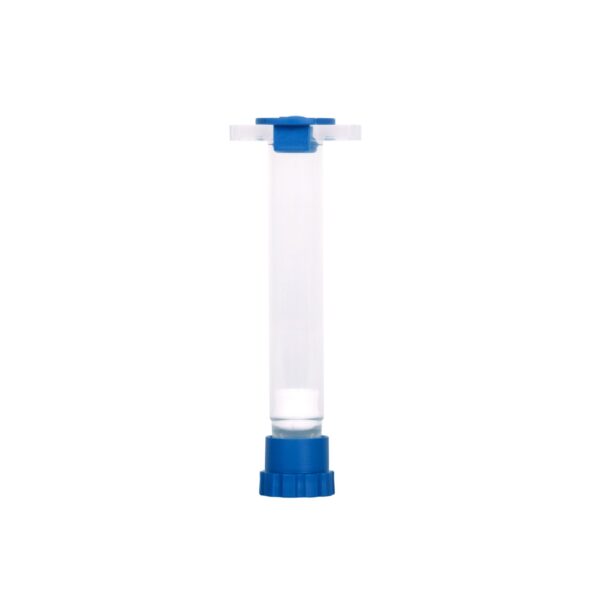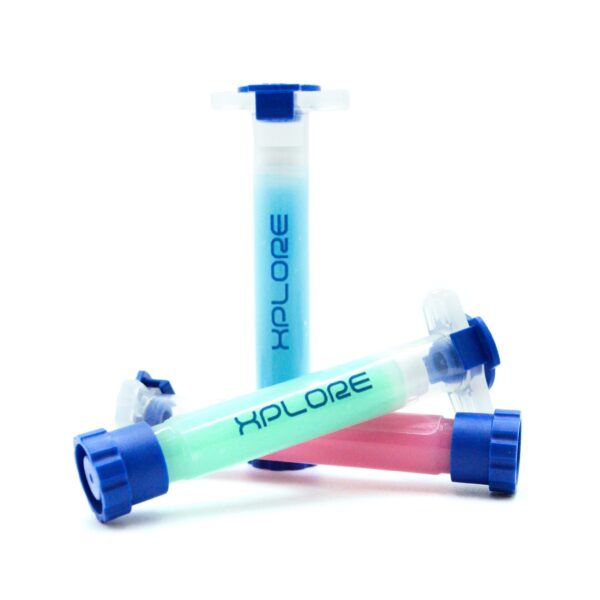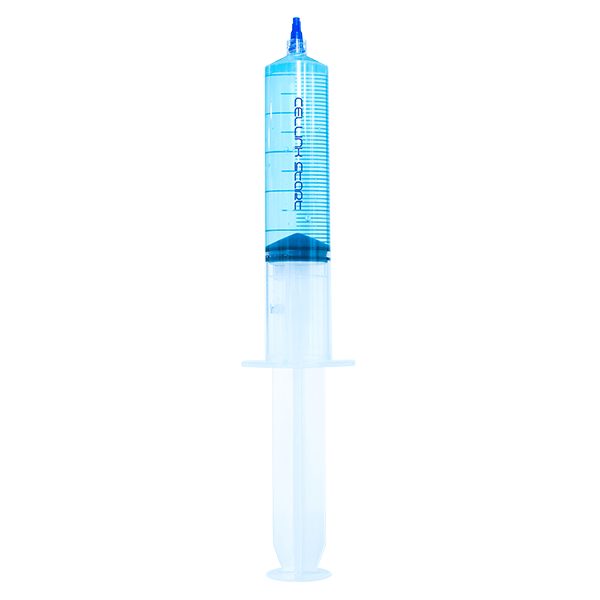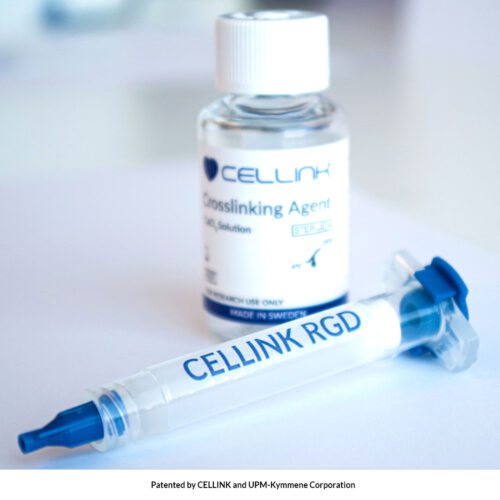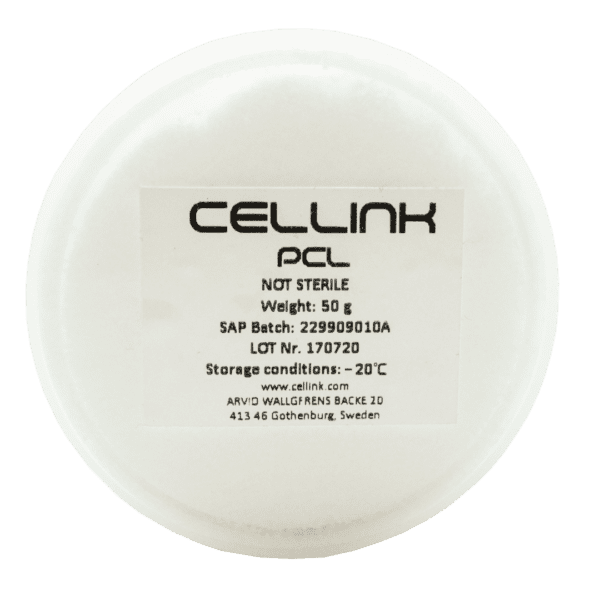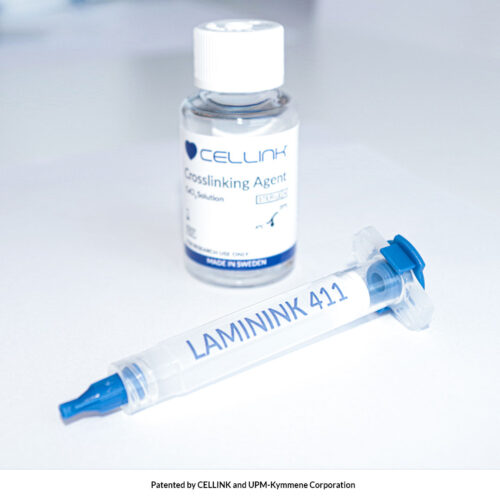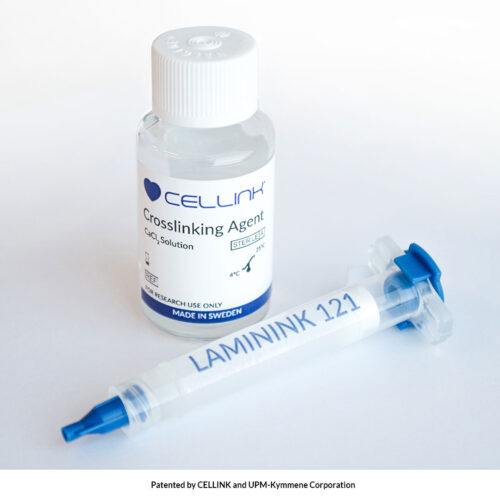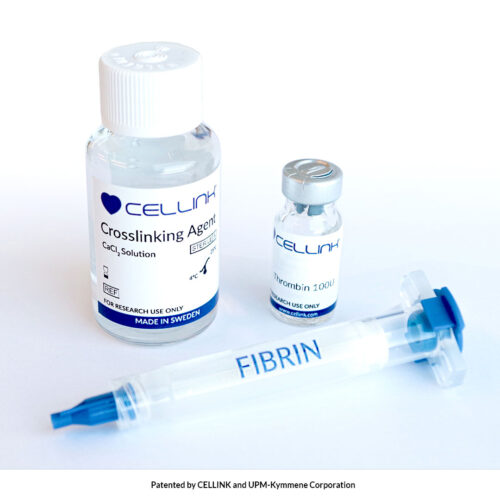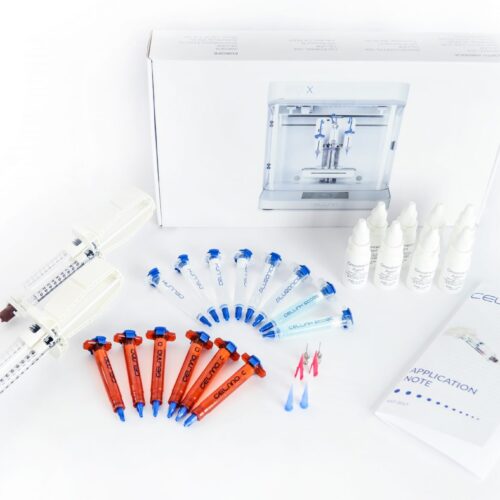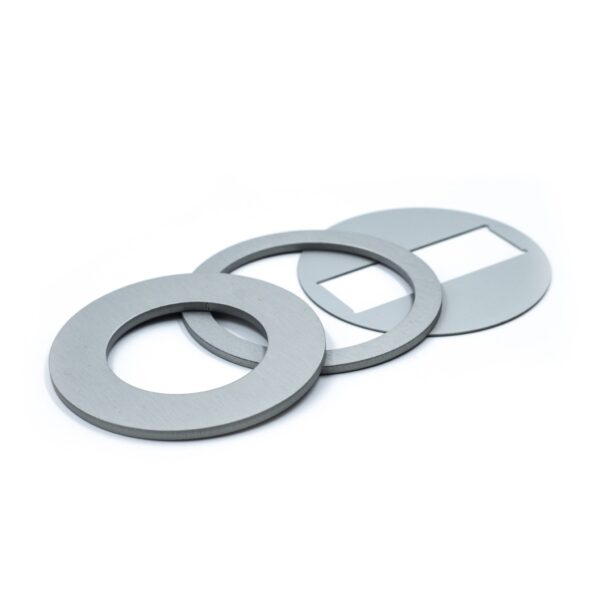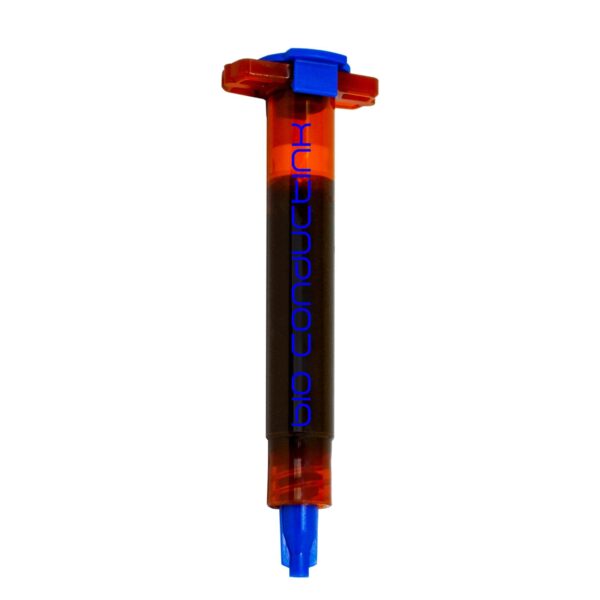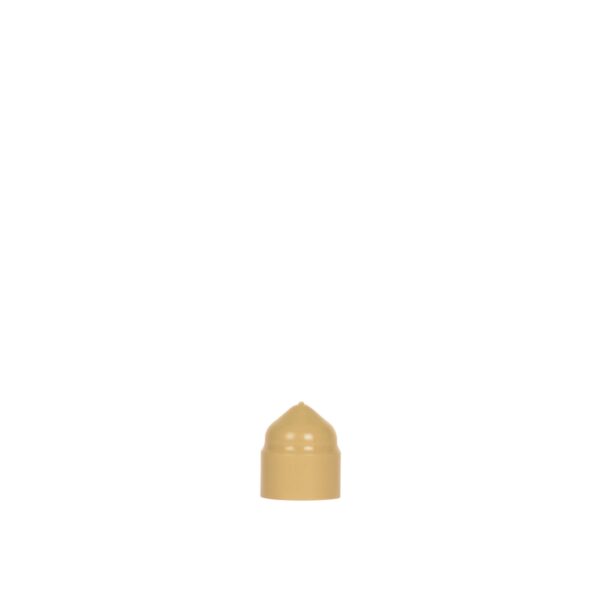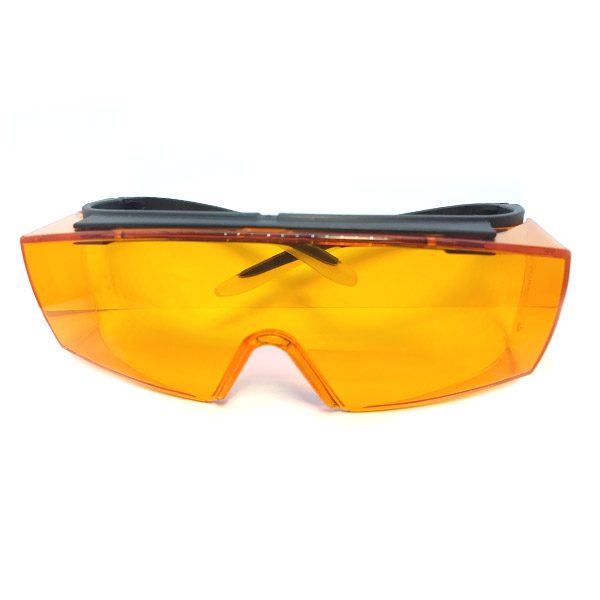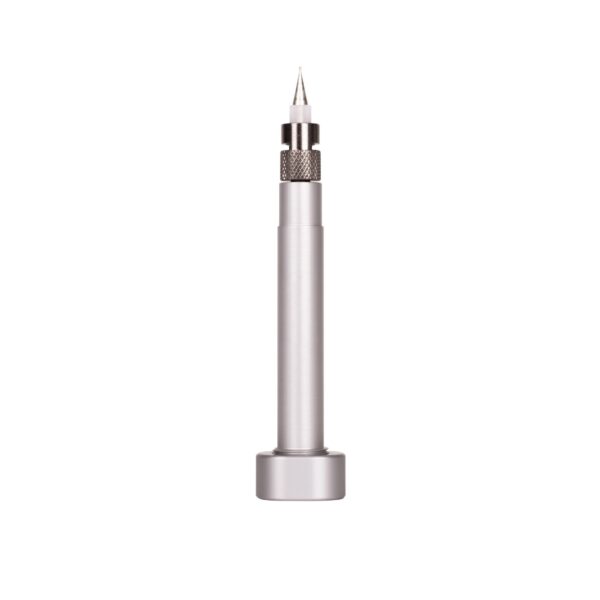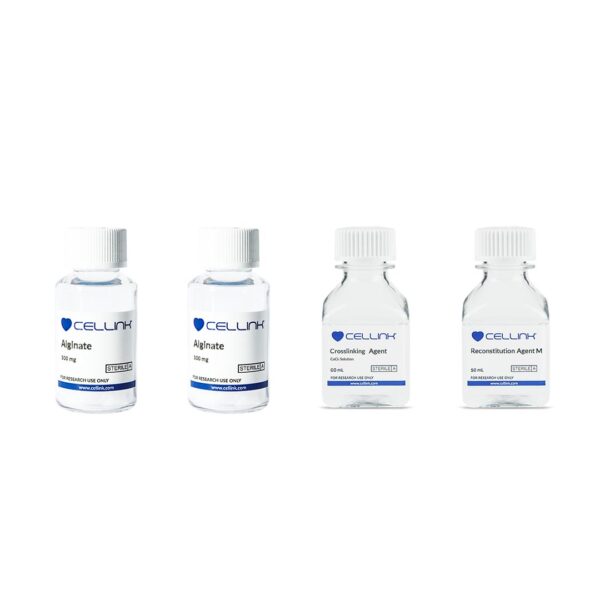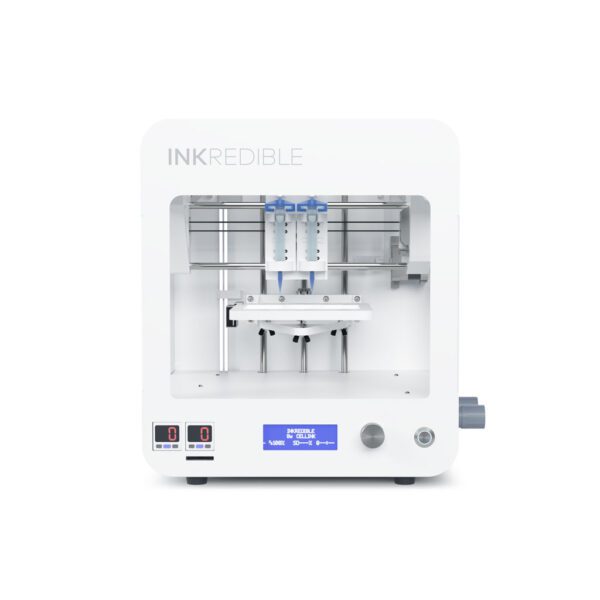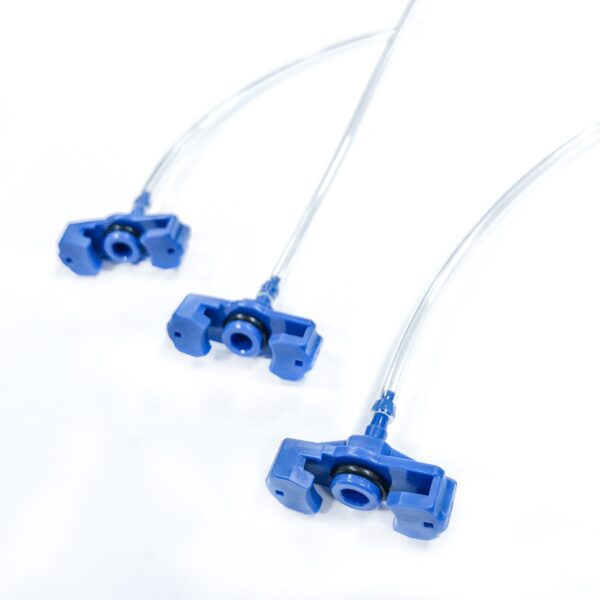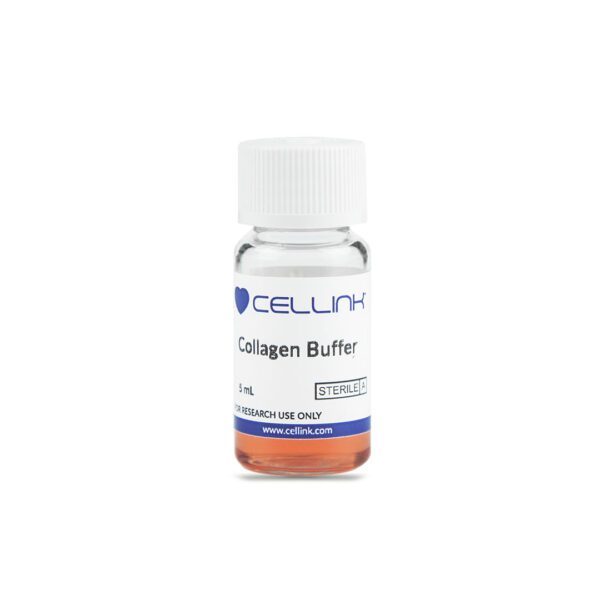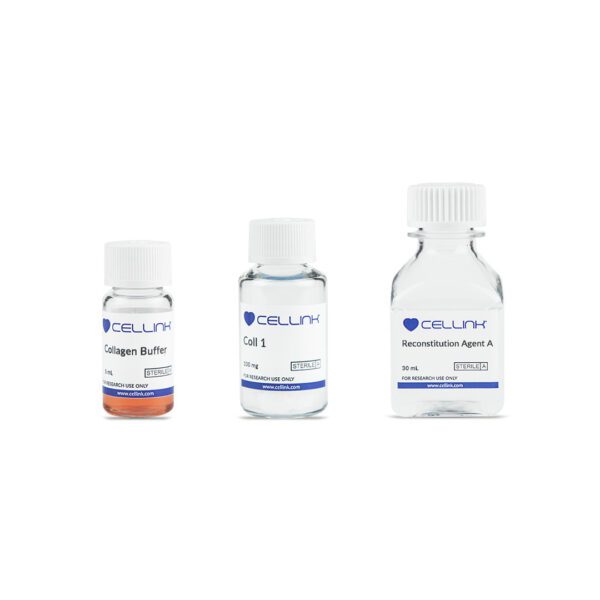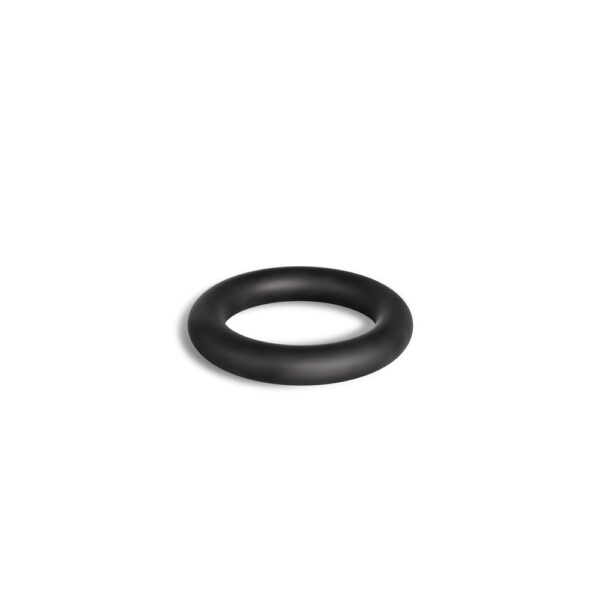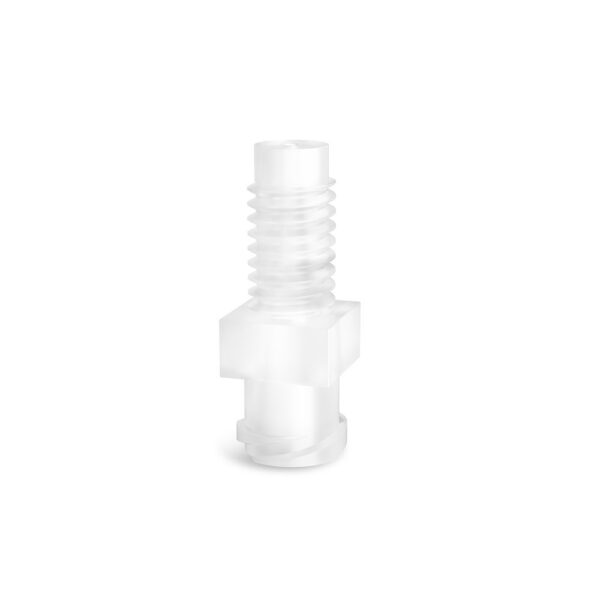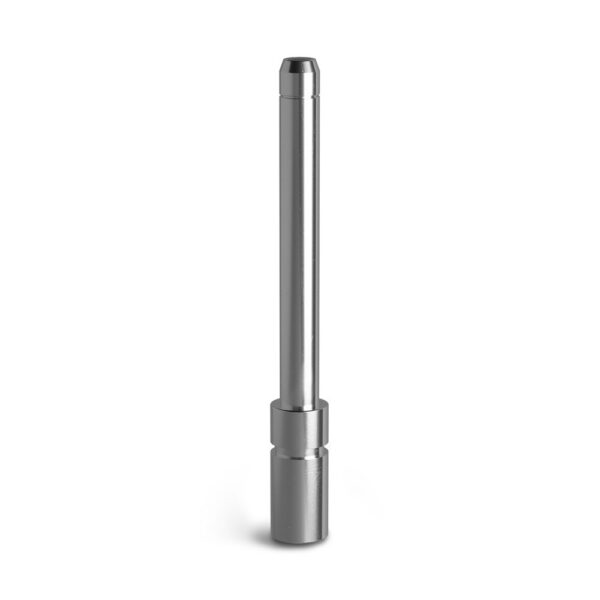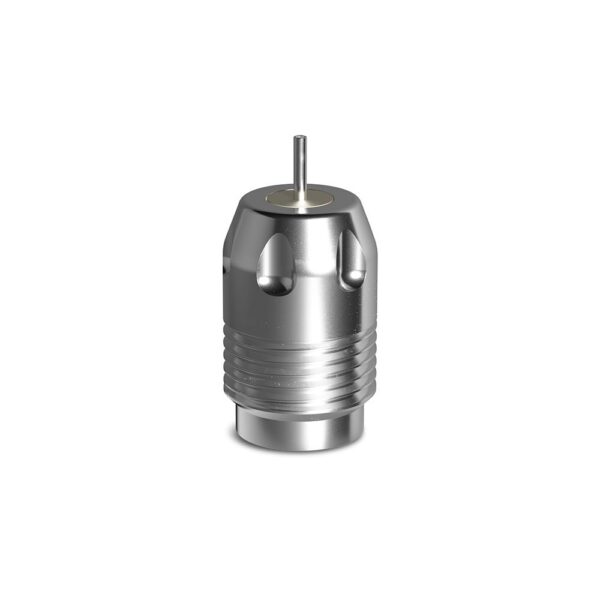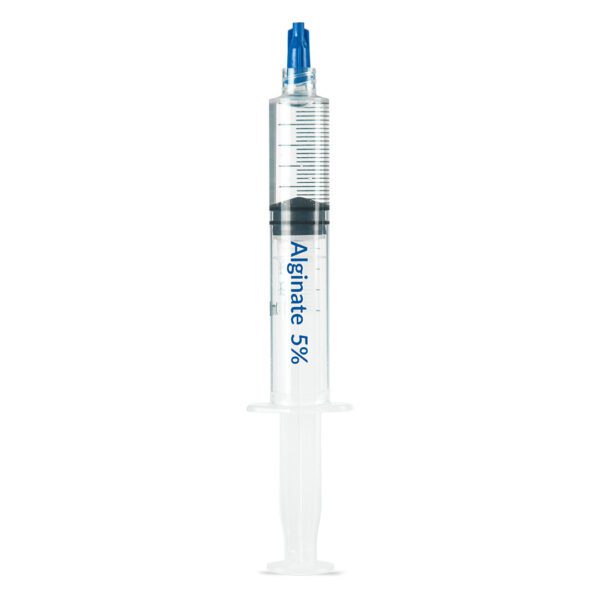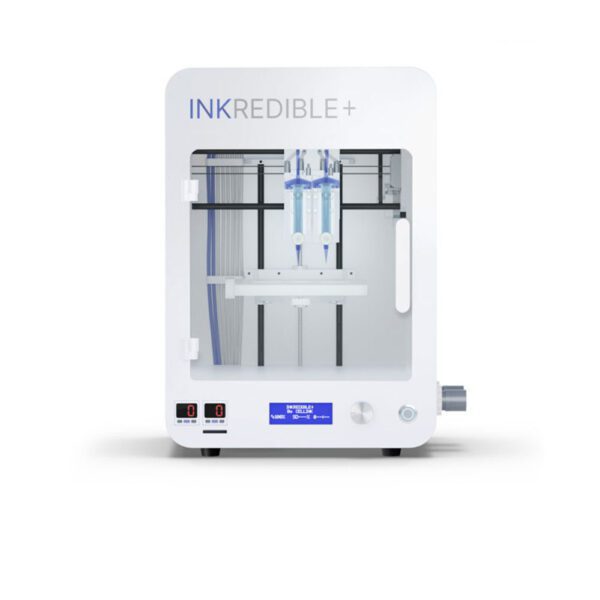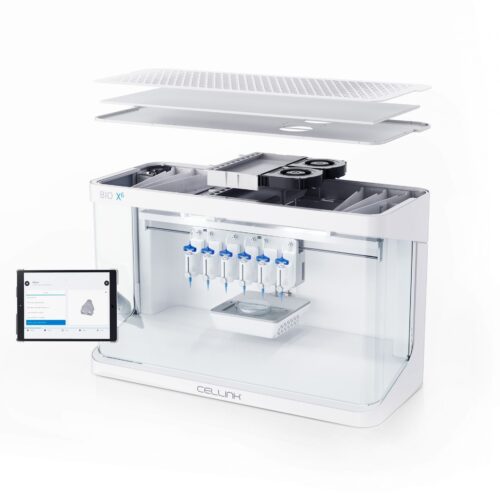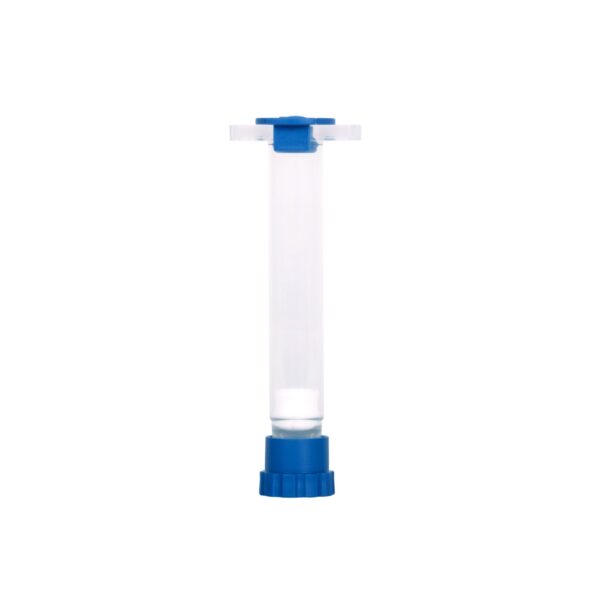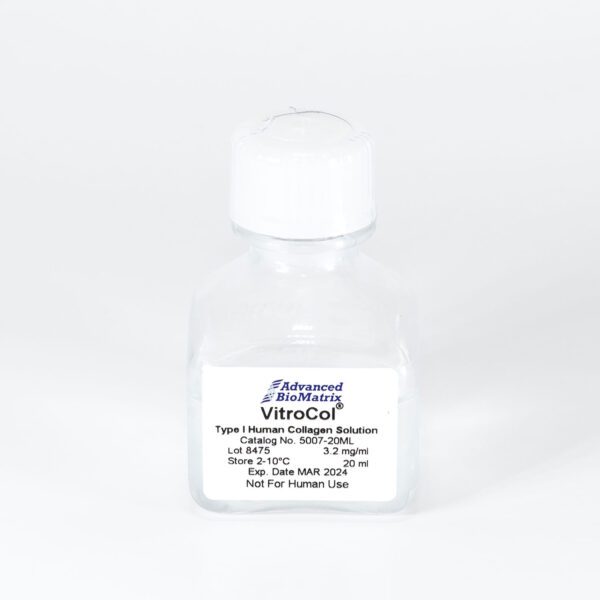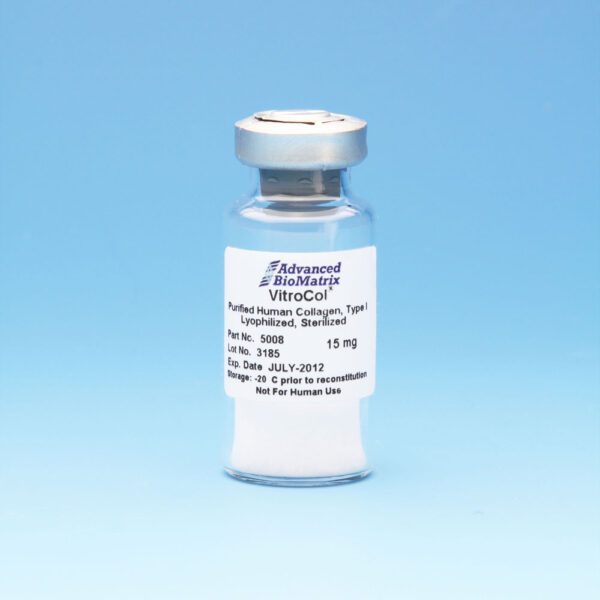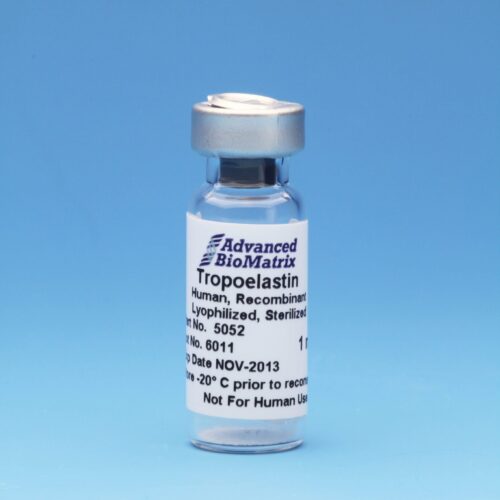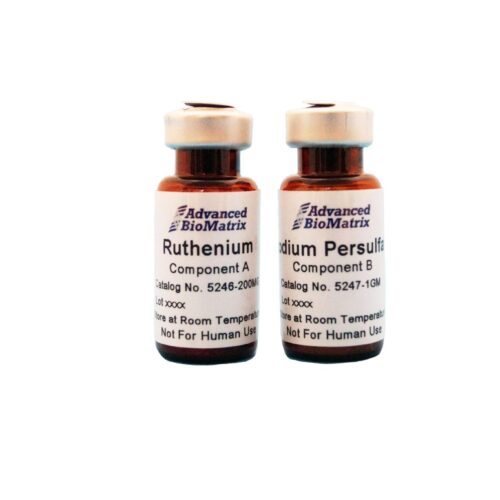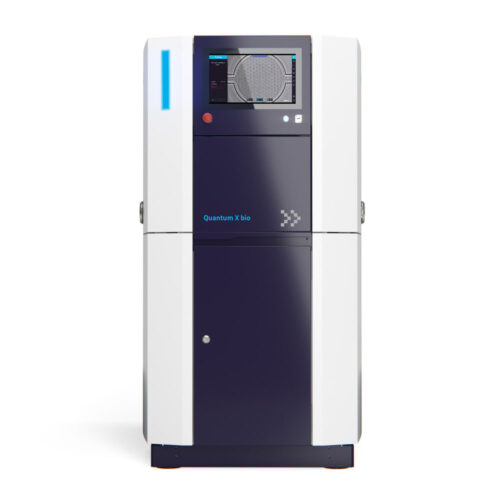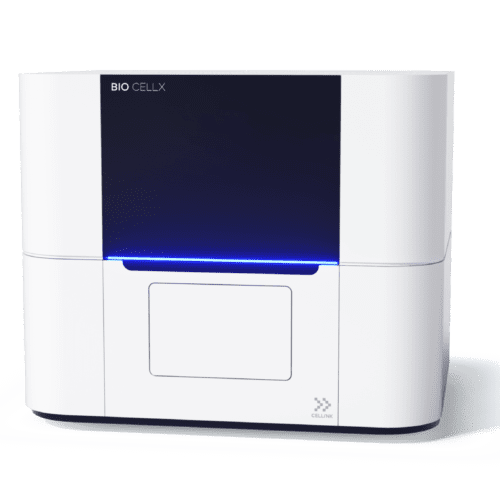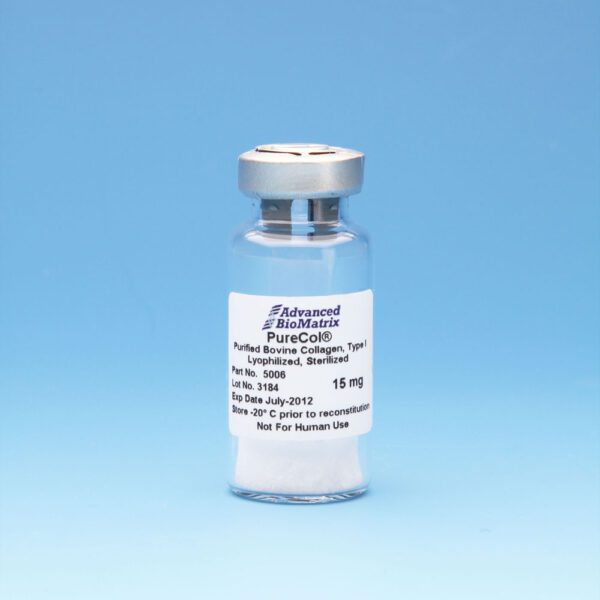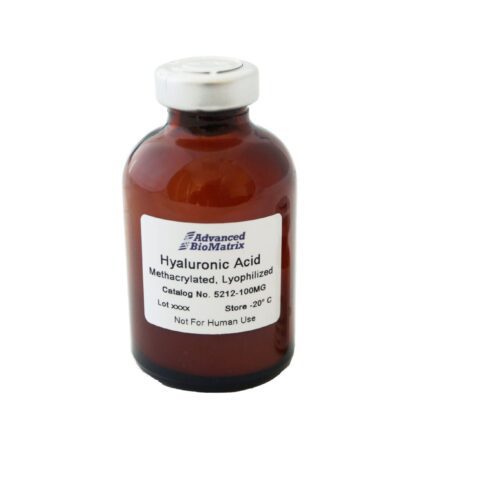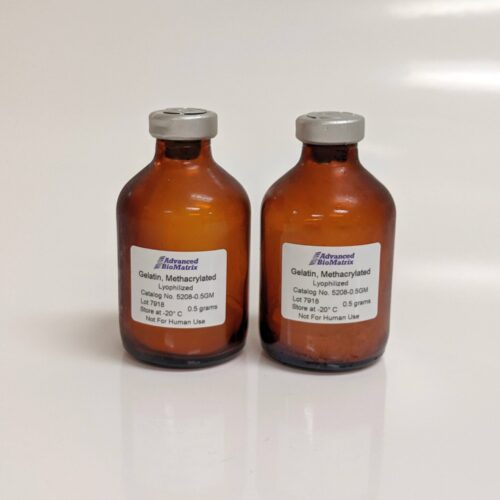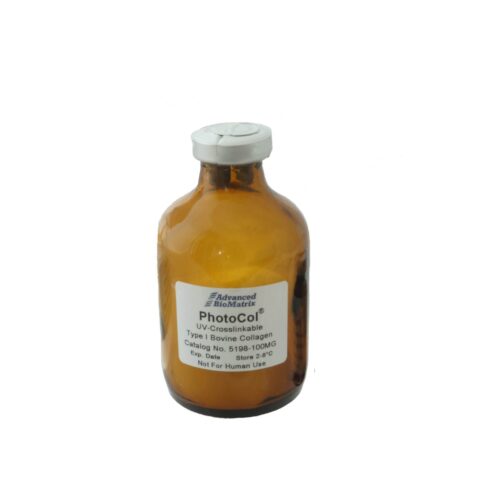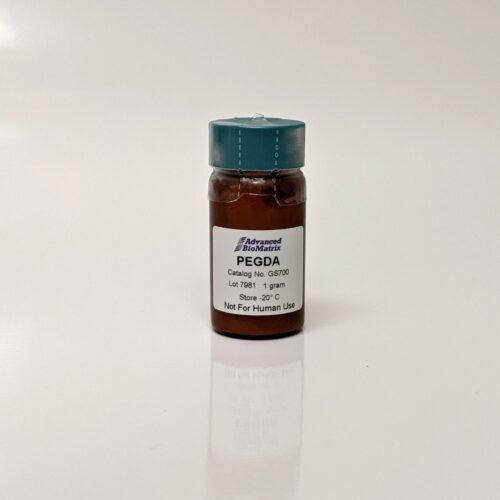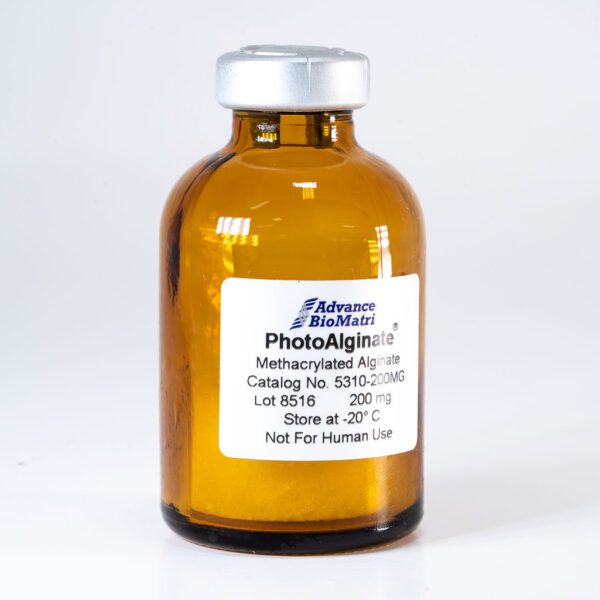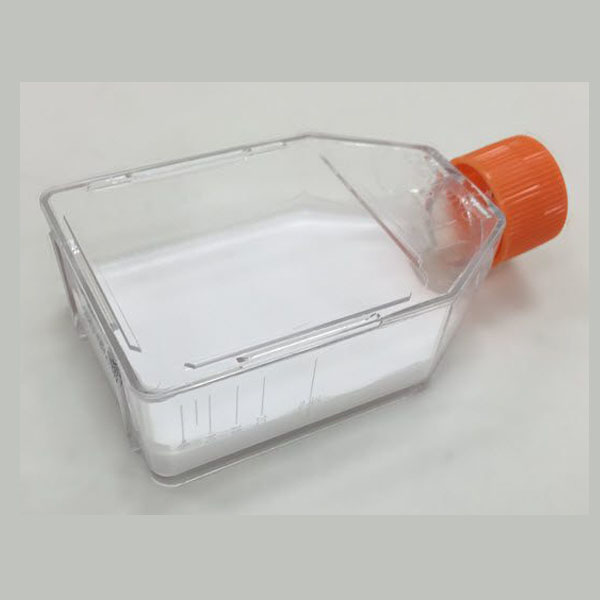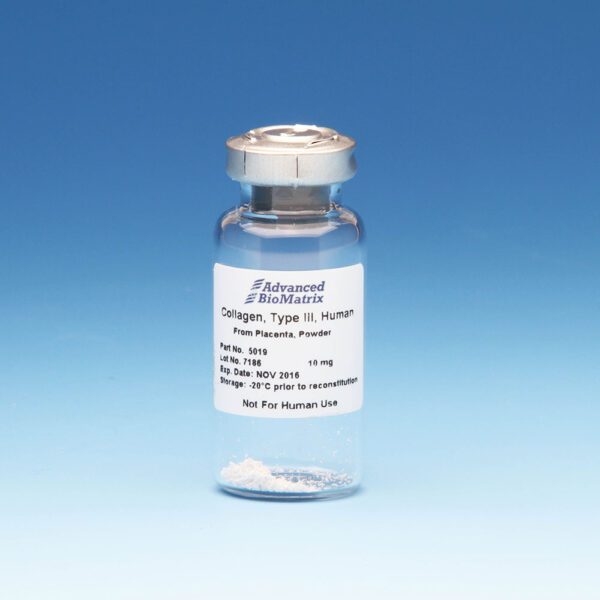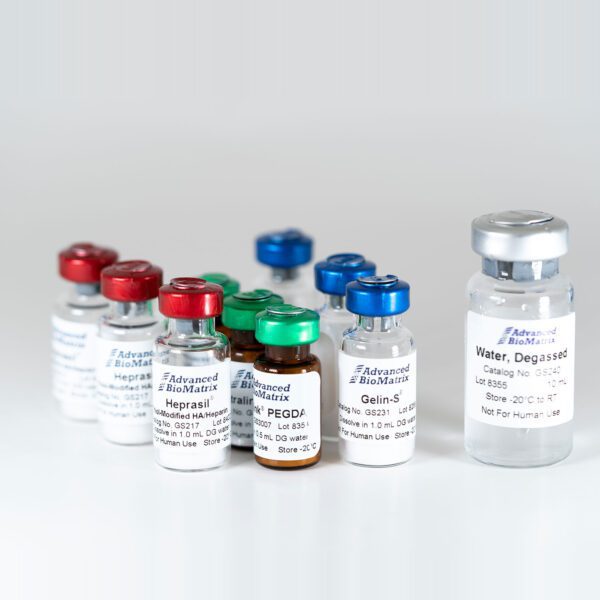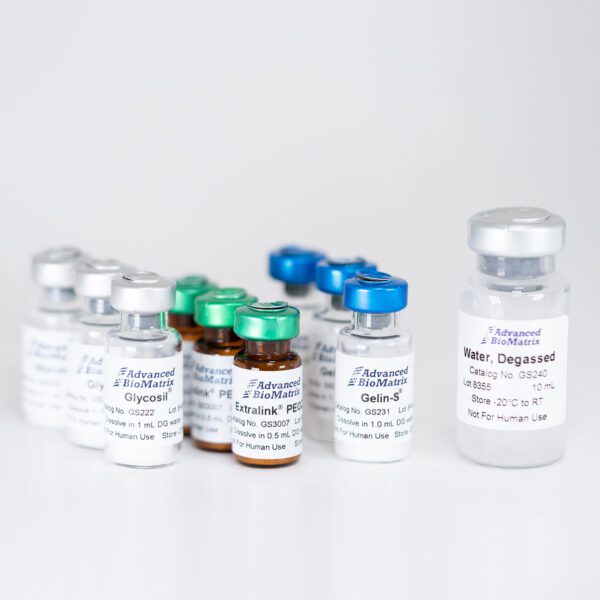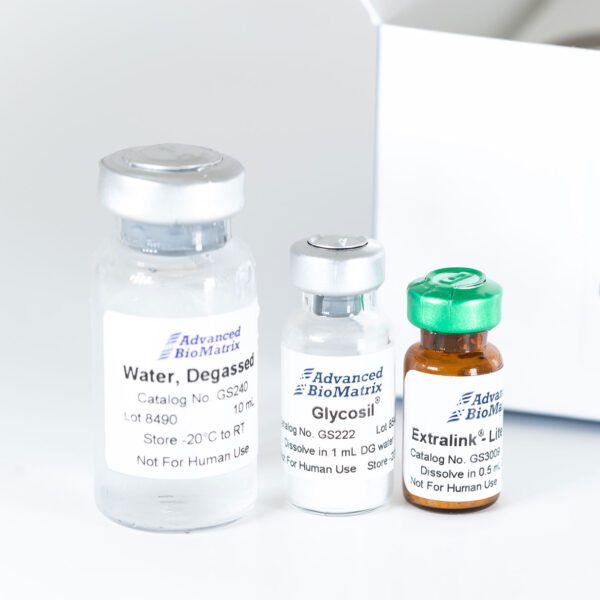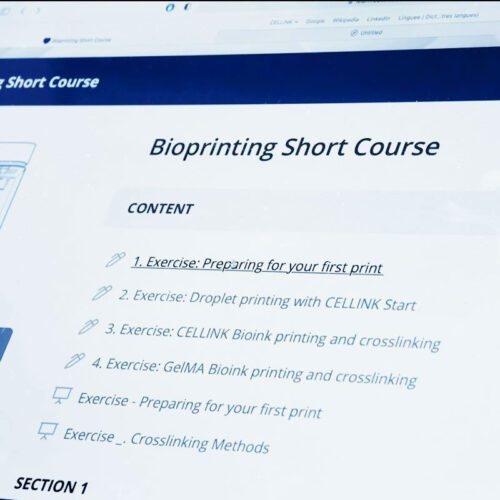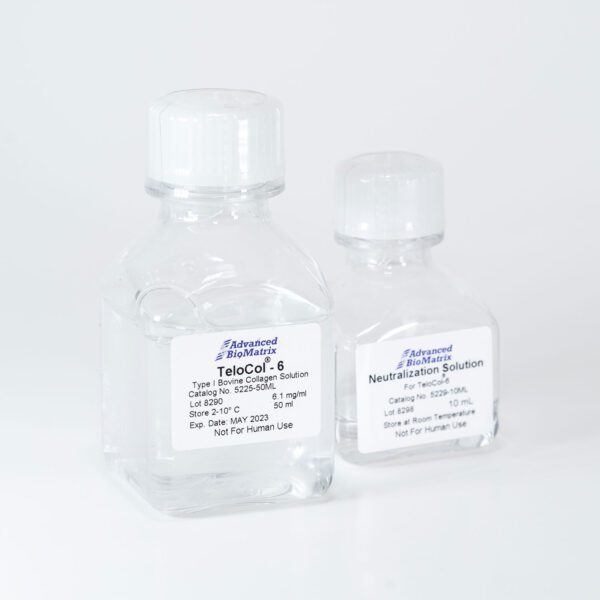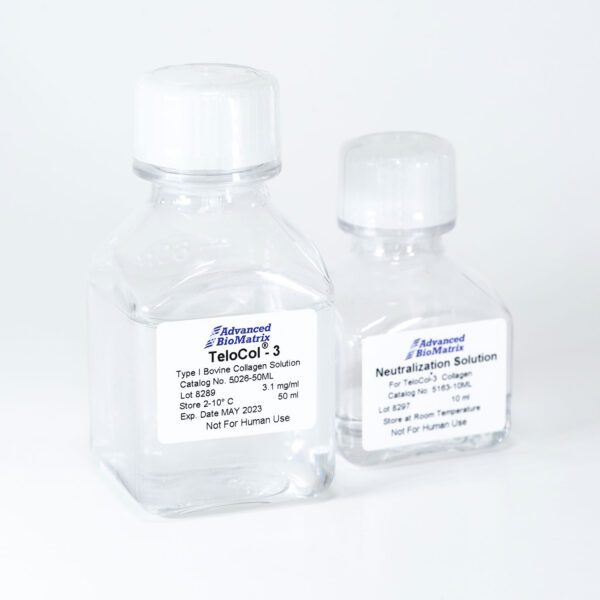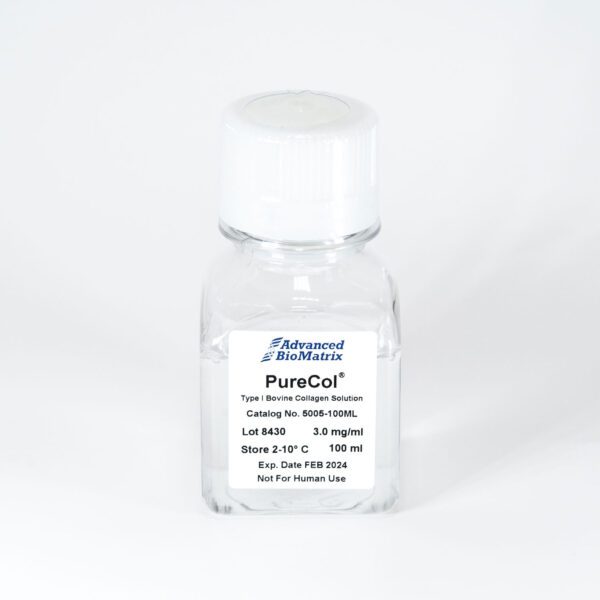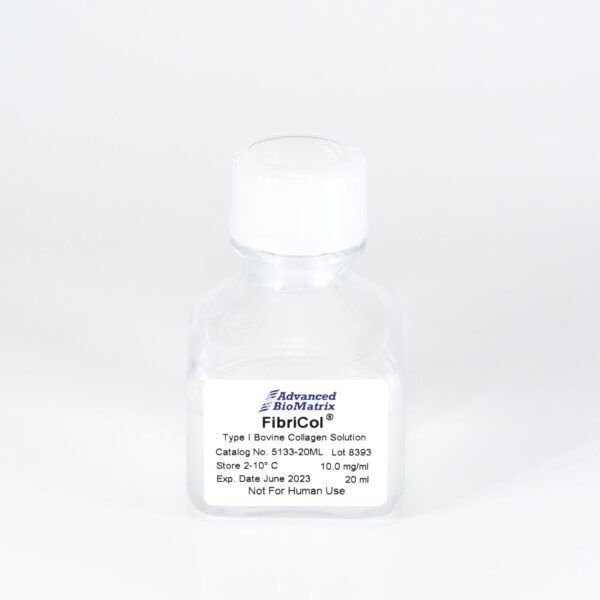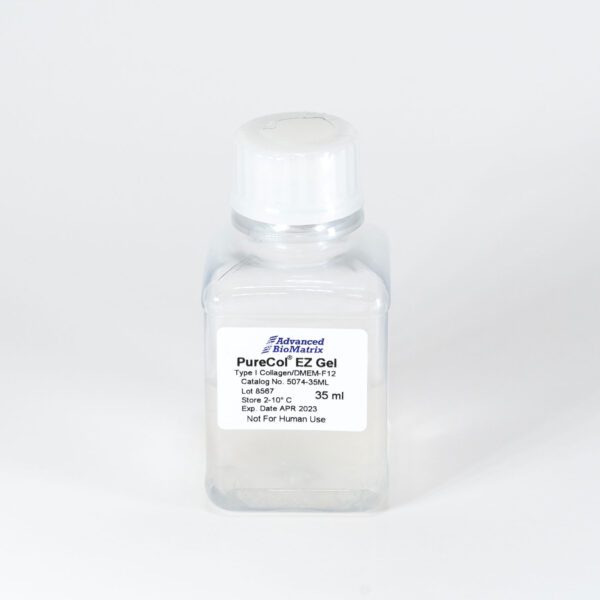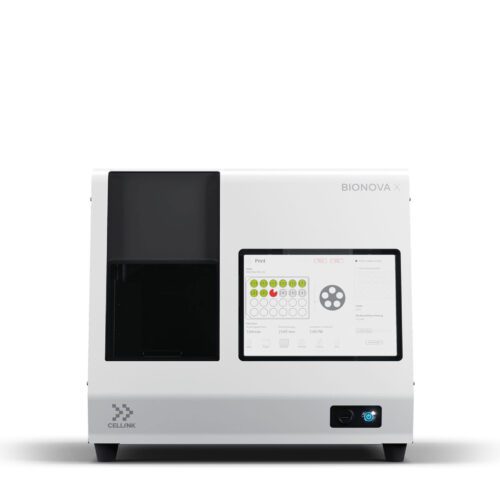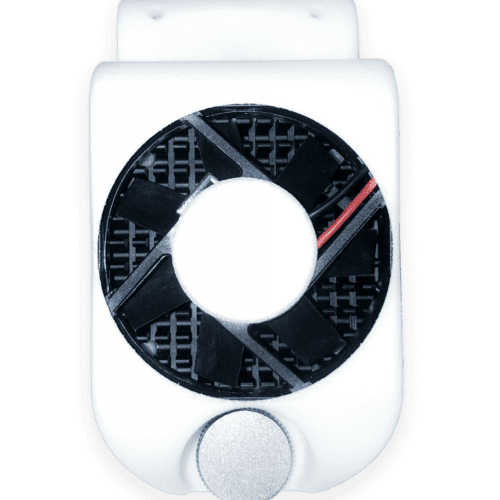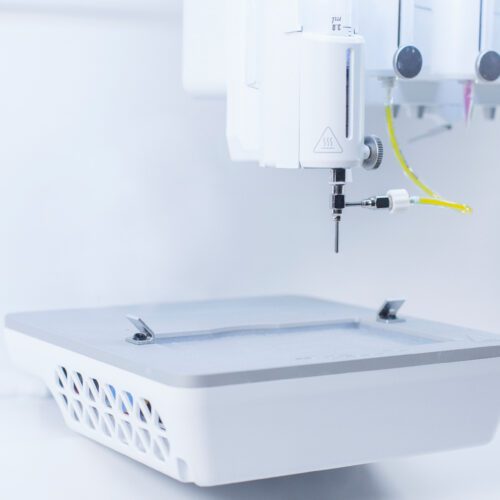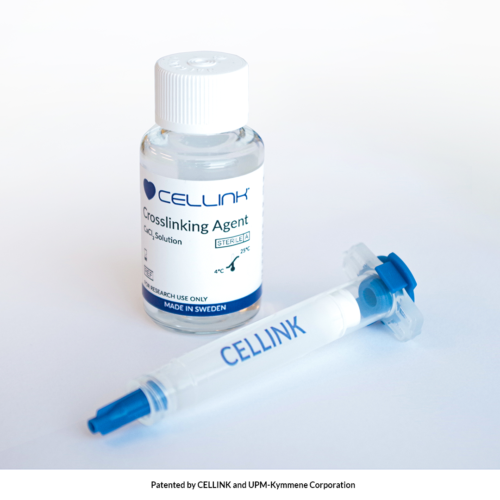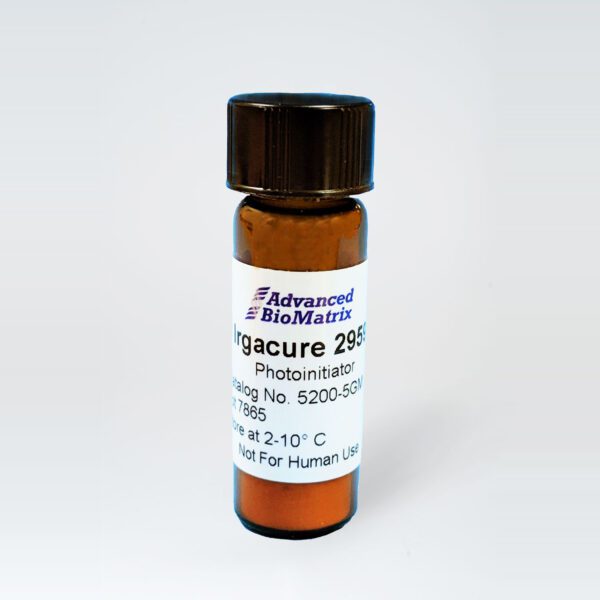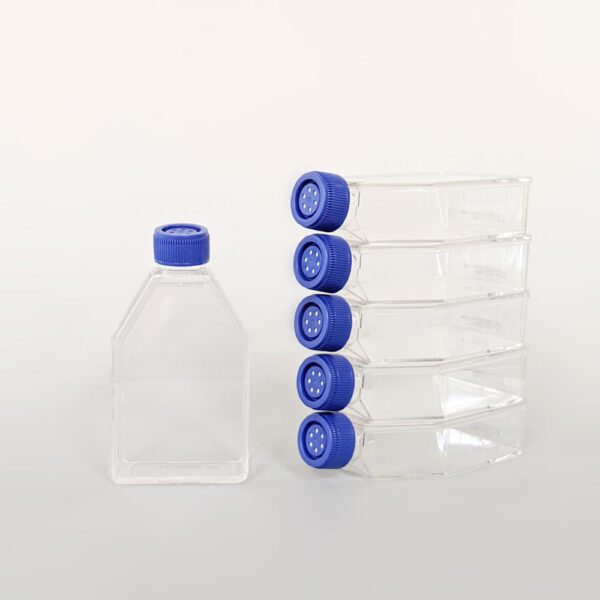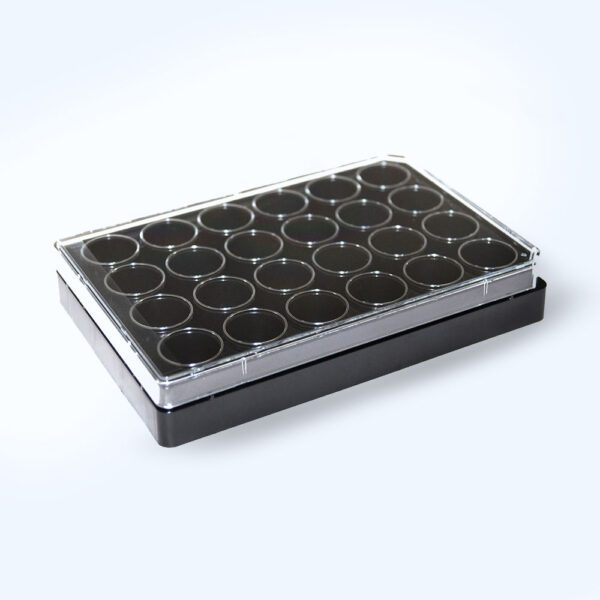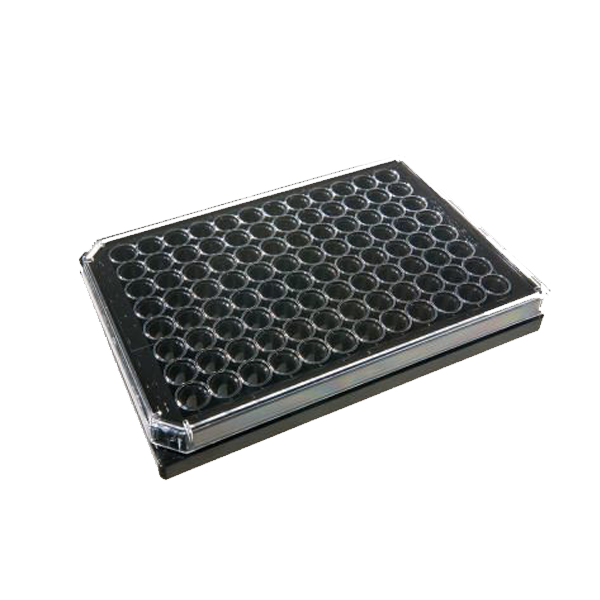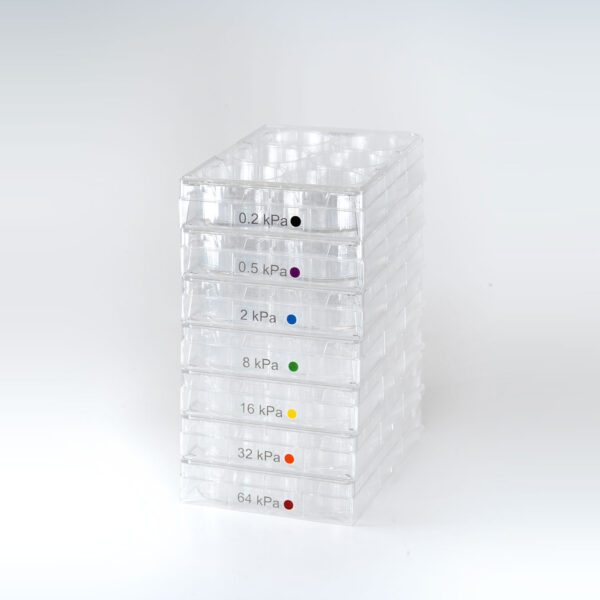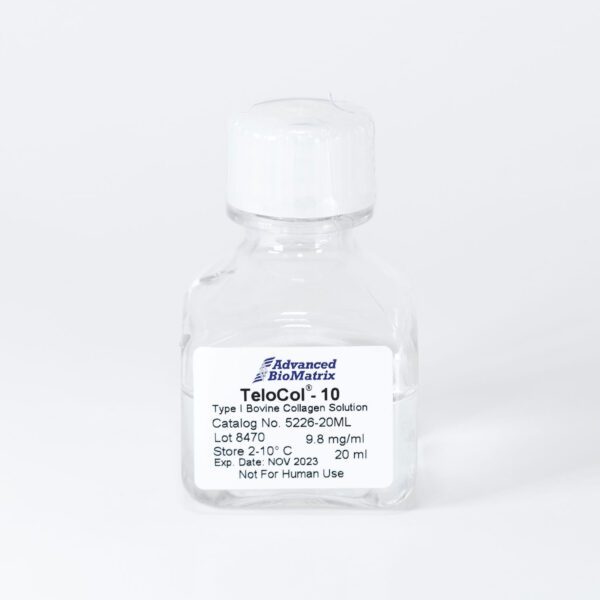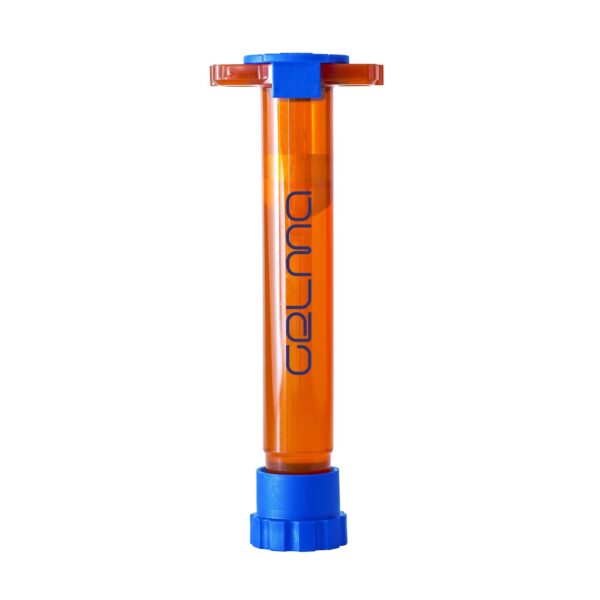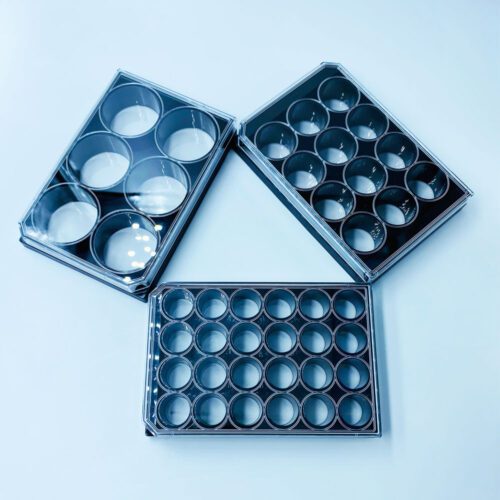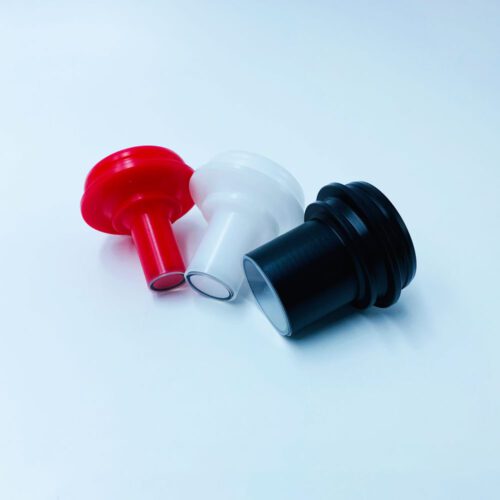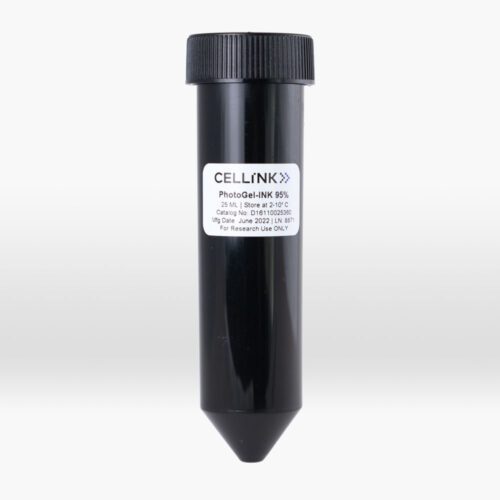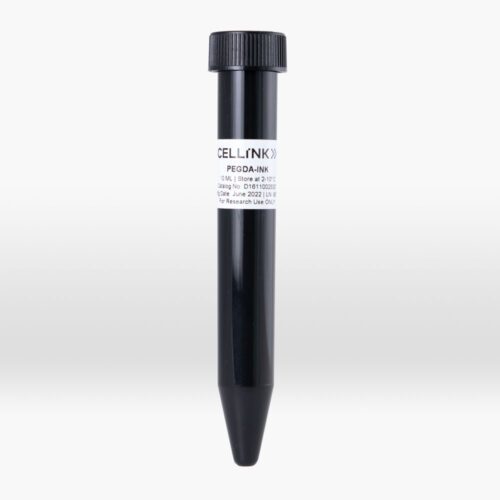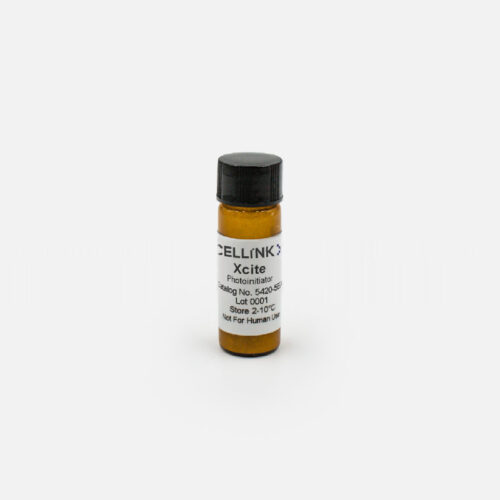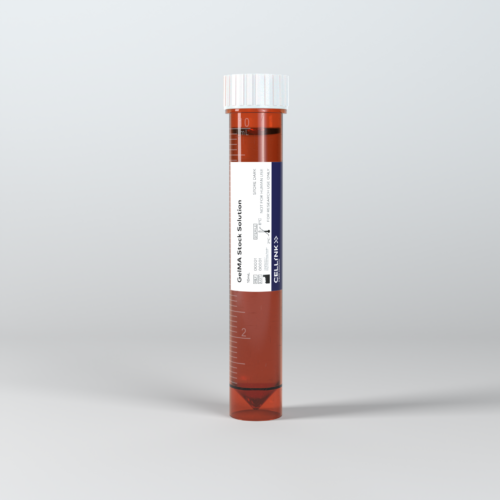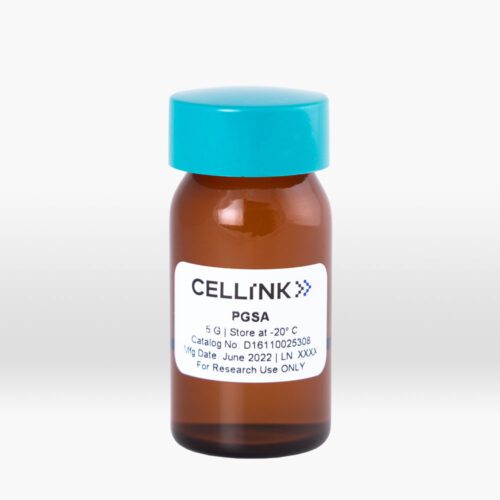CAEfatigue
FE based fatigue, durability, and random response solution
CAEfatigue (CF) is the fastest and most robust fatigue solution on the market today
CAEfatigue is a random response and vibration fatigue solver for the frequency domain plus a fatigue solver for the time domain. It works with mixed random and deterministic loadings or standard time domain-based loadings to provide fatigue life and damage predictions, as well as several forms of response statistics. It is exceptionally fast, easy-to-use and capable of handling very large models
Democratizing fatigue analysis for the masses
Response analysis, fatigue analysis, and the use of a graphical interface have traditionally suffered from a lack of democratization; that is to say, only expert users have been fully capably of using the technology. CAEfatigue aims to change this.
Two interfaces to the software are available – a Control File, a text-based interface is provided for the advanced Users to help rapidly create an input control file that is needed to run an analysis. Many variables are either used in default mode or are automatically calculated based on an understanding of the system being analyzed.
Also available is a Process Flow graphical-based interface, provided to help novice users quickly gain an understanding of the technology without the need to understand the structured format of the control file interface. The interface is simple and intuitive to use.


MODULE
CAEFatigue Premium package
CAEFatigue Premium solves for advanced random response analysis in both frequency and time domains.

MODULE
CAEFatigue Frequency package
CAEFatigue Frequency solves for random response results and fatigue in frequency domains.
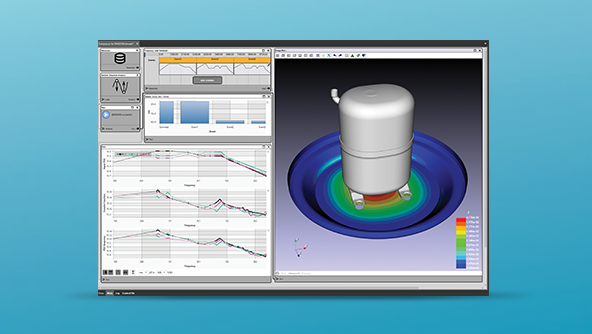
MODULE
CAEFatigue Random package
CAEFatigue Random solves for random response results and fatigue results from structural loading.
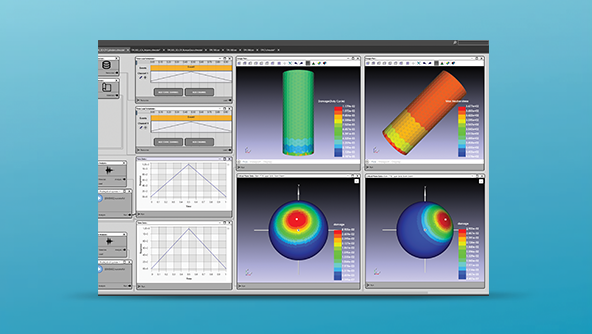
MODULE
CAEFatigue Time package
CAEFatigue Time solves for fatigue analysis in time domain.

PLATFORM
Nexus
Nexus is a platform to enhance smart manufacturing collaboration, accelerating innovation and time to market.
CAEfatigue premium package
CAEfatigue has created an industry first! We now provide the ability to conduct a full Spot Weld, Seam Weld and User Defined weld analysis in the Frequency Domain along with the more traditional methods used in the Time Domain. This capability will allow a full automotive vehicle analysis, that includes spot and seam welds, to be conducted with CF in either the Frequency domain or Time domain.
For many automotive and aerospace systems it is required to calculate both durability and to rule out the possibility of collision of individual components during severe base shake vibration conditions. Advanced frequency domain methods now exist to enable the durability assessment and response to be assessed in the same analysis. With the advanced random analysis output, it is possible to output displacement and/or velocity and/or acceleration and/or force RMS levels and Power Spectral Density (PSD) plots for both absolute and relative responses. In addition, a residual sum of the squares (RSS) is calculated to take into account any off axis response. New post processing options allow the relative response from any node to be compared against the actual distance to all nearby nodes in order to check for the probability of collisions (i.e. RATTLE) between adjacent parts. The response maximum is determined using either a ratio of the RMS (e.g. 3.0*rms) from a corresponding level of probability on a Gaussian or Rayleigh distribution, or by using a method which takes into account the number of cycles of response. Advanced Random Analysis output is an excellent addition to predict structural response under complicated loading conditions found in many engineering applications throughout a wide variety of industries




CAEfatigue frequency package
Base Shake PSD Analysis plus Mean Loads plus Deterministic Loading
CAEfatigue is designed to provide the user with both the random response results and the fatigue results from a structure undergoing loading input from a single random PSD with or without additional loading from deterministic inputs and mean offsets. Response outputs includes mean stress, RMS stress or strain, mean stress plus RMS stress or strain, moments, zero crossings, peaks per second and irregularity factor. Fatigue results including damage, life and margin of safety from a single random input.
The loading inputs needed for CF can come from Optistruct, Nastran, Ansys or Abaqus generated from (virtually) any size model. Examples of inputs are simultaneous wide band and narrow band inputs, wide band random and swept sine inputs, wide band random and deterministic inputs, wide band and swept narrow band inputs, swept narrow band or swept sine wave.
Multi Input PSD Analysis for Multi-Channel, Multi-Event Loading
CAEfatigue offers all the input / output options mentioned for Base Shake loading plus the ability to use multiple random input PSDs (and cross PSDs) with mean offsets; i.e., data from a test rig with multiple events and multiple channels per event plus a mean offset. This module offers random response and S-N and/or E-N fatigue results generated from the multiple simultaneous correlated load inputs, with any number of DOF’s, inputs, events and frequencies. Coupled with advanced random analysis, CF becomes a powerful tool for understanding output results for displacement, velocity, acceleration, force, stress, strain and fatigue (damage / life).
Conditioning and Conversion of Time Signals to PSDs
For those who only have multi-channel, multi-event time histories, CAEfatigue offers a separate toolset called TIME2PSD. Historical loads conditioning procedures involve a series of user options that are hard for a typical engineer or designer to implement. Some of these have now been automated in the CF TIME2PSD approach. Window length (FFT buffer size), window overlap, and initial deletion of non-relevant parts of the signal can all be done automatically. The toolset provides a way to correctly eliminate sections of the time history that do not contribute to the damage. Conditioning is vital to ensure the damage from the time history is correctly transferred to the Power Spectral Density (PSD). The toolset also converts multi-input time histories to a PSD matrix that organizes, labels and tracks the PSDs to correctly account for cross correlation effects. An option also exists to switch on or off, the correlation terms to evaluate the influence on damage. The connections with solver subcase ID’s are automatically dealt with so the user does not have to take extra time managing the data.
CAEfatigue RANDOM Package
Base Shake PSD Analysis plus Mean Loads plus Deterministic Loading
CAEfatigue is designed to provide the user with both the random response results and the fatigue results from a structure undergoing loading input from a single random PSD with or without additional loading from deterministic inputs and mean offsets. This package allows the User to do Random Analysis only. Response outputs includes mean stress, RMS stress or strain, mean stress plus RMS stress or strain, moments, zero crossings, peaks per second and irregularity factor.
The loading inputs needed for CF can come from Optistruct, Nastran, Ansys or Abaqus generated from (virtually) any size model. Examples of inputs are simultaneous wide band and narrow band inputs, wide band random and swept sine inputs, wide band random and deterministic inputs, wide band and swept narrow band inputs, swept narrow band or swept sine wave.
Multi Input PSD Analysis for Multi-Channel, Multi-Event Loading
CAEfatigue offers all the input / output options mentioned for Base Shake loading plus the ability to use multiple random input PSDs (and cross PSDs) with mean offsets; i.e., data from a test rig with multiple events and multiple channels per event plus a mean offset. This module offers random response outputs generated from multiple simultaneous correlated load inputs, with any number of DOF’s, inputs, events and frequencies. These advanced random output makes CF a powerful tool for understanding results for displacement, velocity, acceleration, force, stress and strain.
Conditioning and Conversion of Time Signals to PSDs
For those who only have multi-channel, multi-event time histories, CAEfatigue offers a separate toolset called TIME2PSD. Historical loads conditioning procedures involve a series of user options that are hard for a typical engineer or designer to implement. Some of these have now been automated in the CF TIME2PSD approach. Window length (FFT buffer size), window overlap, and initial deletion of non-relevant parts of the signal can all be done automatically. The toolset provides a way to correctly eliminate sections of the time history that do not contribute to the damage. Conditioning is vital to ensure the damage from the time history is correctly transferred to the Power Spectral Density (PSD). The toolset also converts multi-input time histories to a PSD matrix that organizes, labels and tracks the PSDs to correctly account for cross correlation effects. An option also exists to switch on or off, the correlation terms to evaluate the influence on random analysis outputs. The connections with solver subcase ID’s are automatically dealt with so the user does not have to take extra time managing the data.




